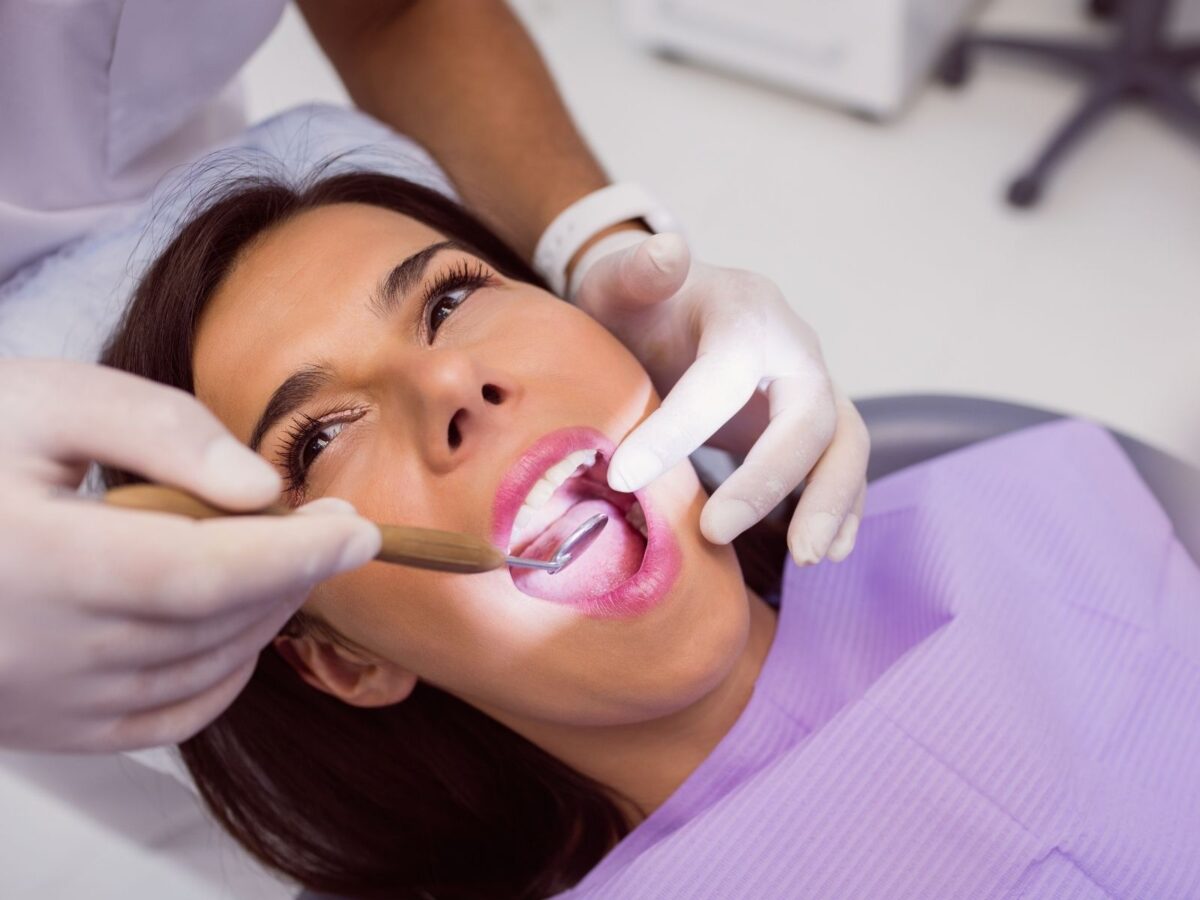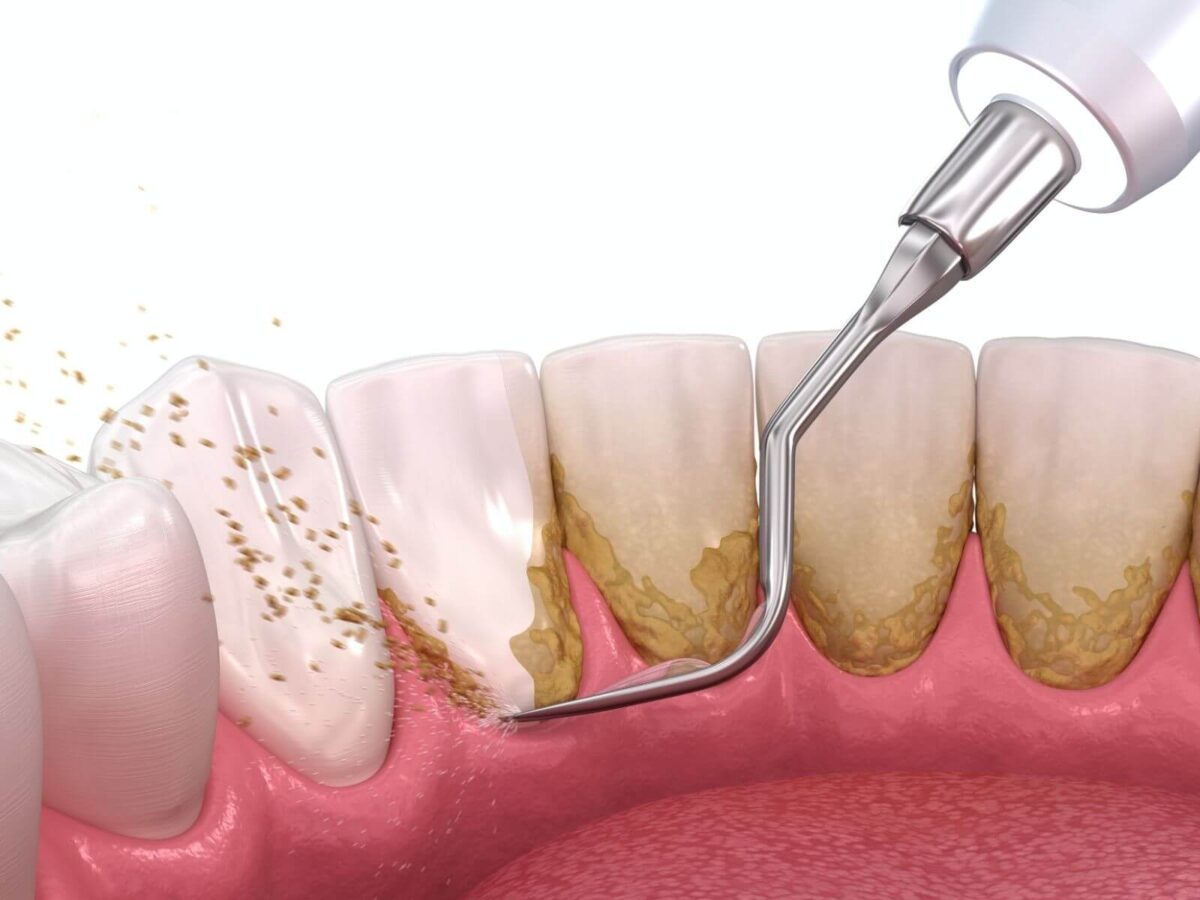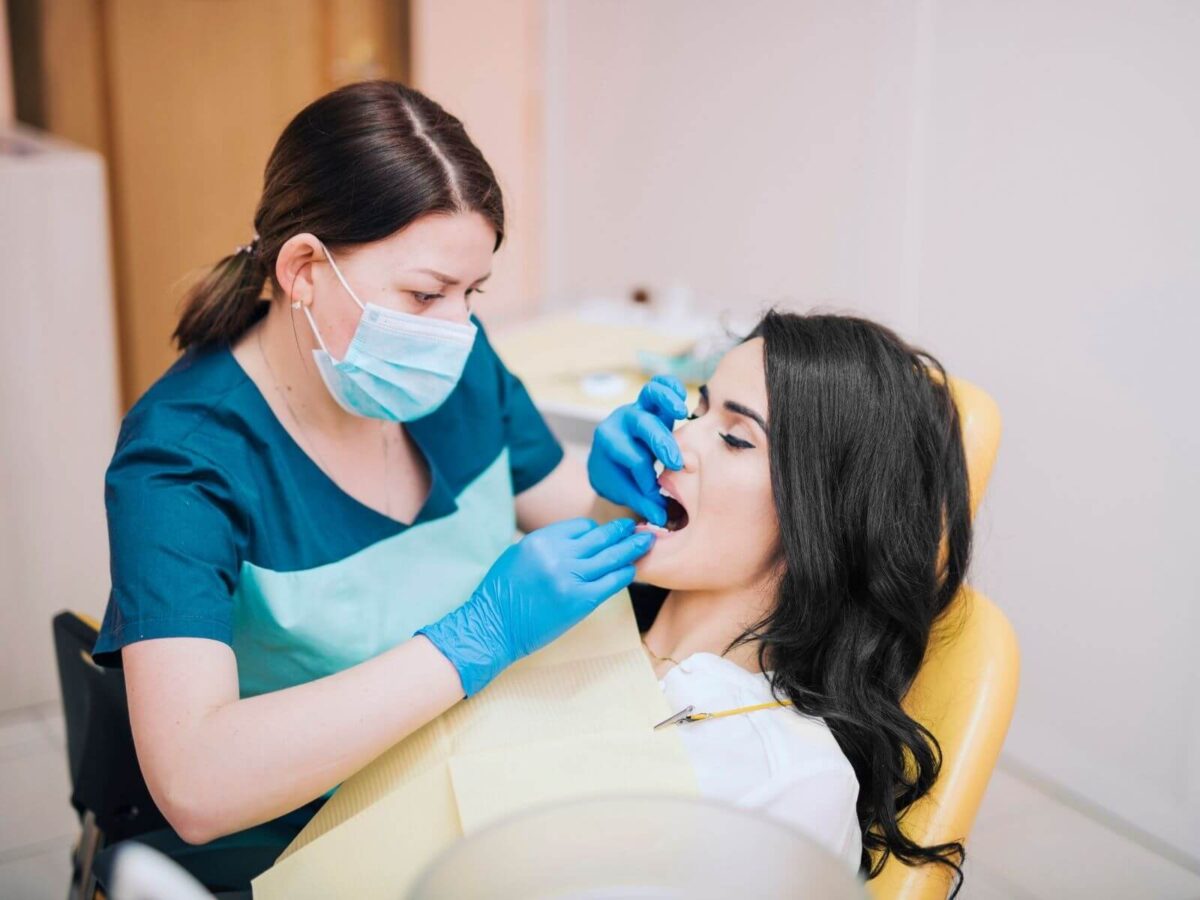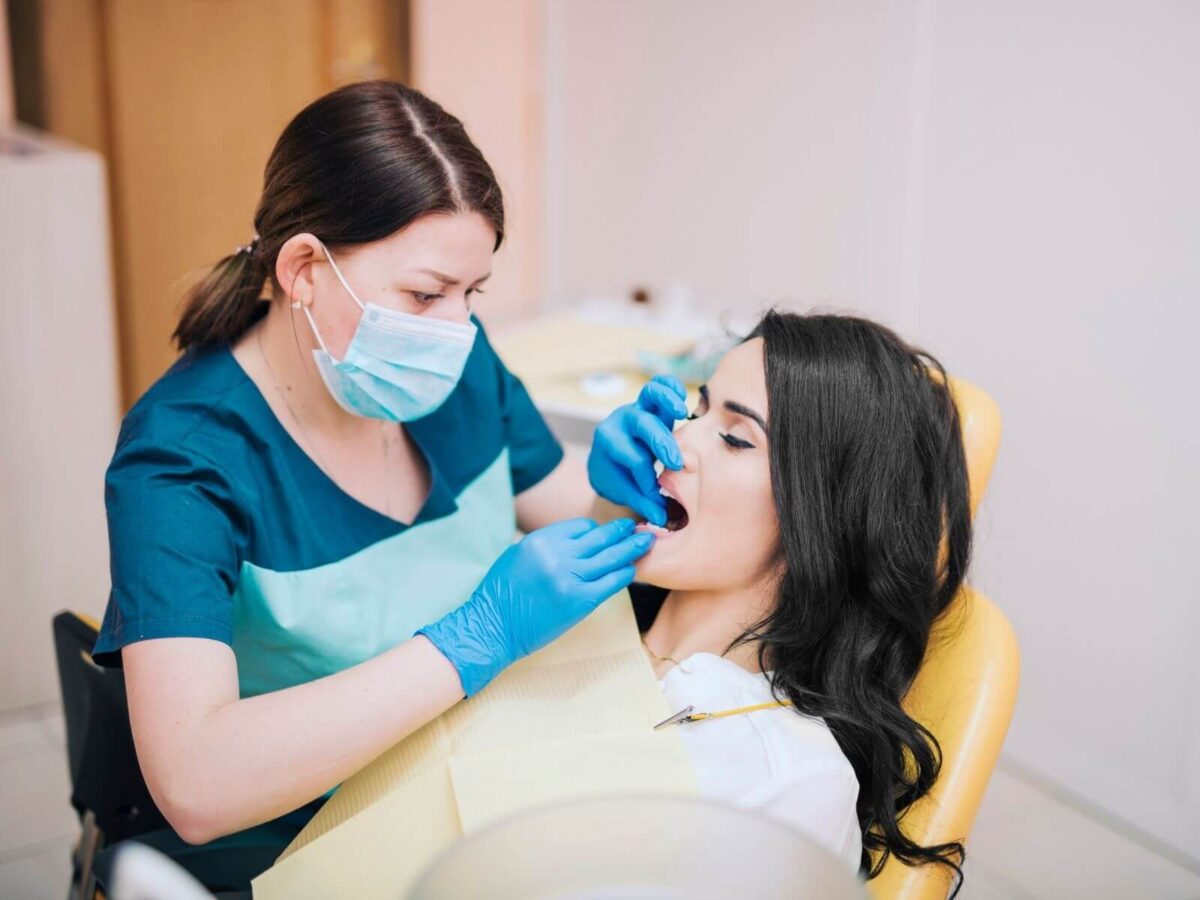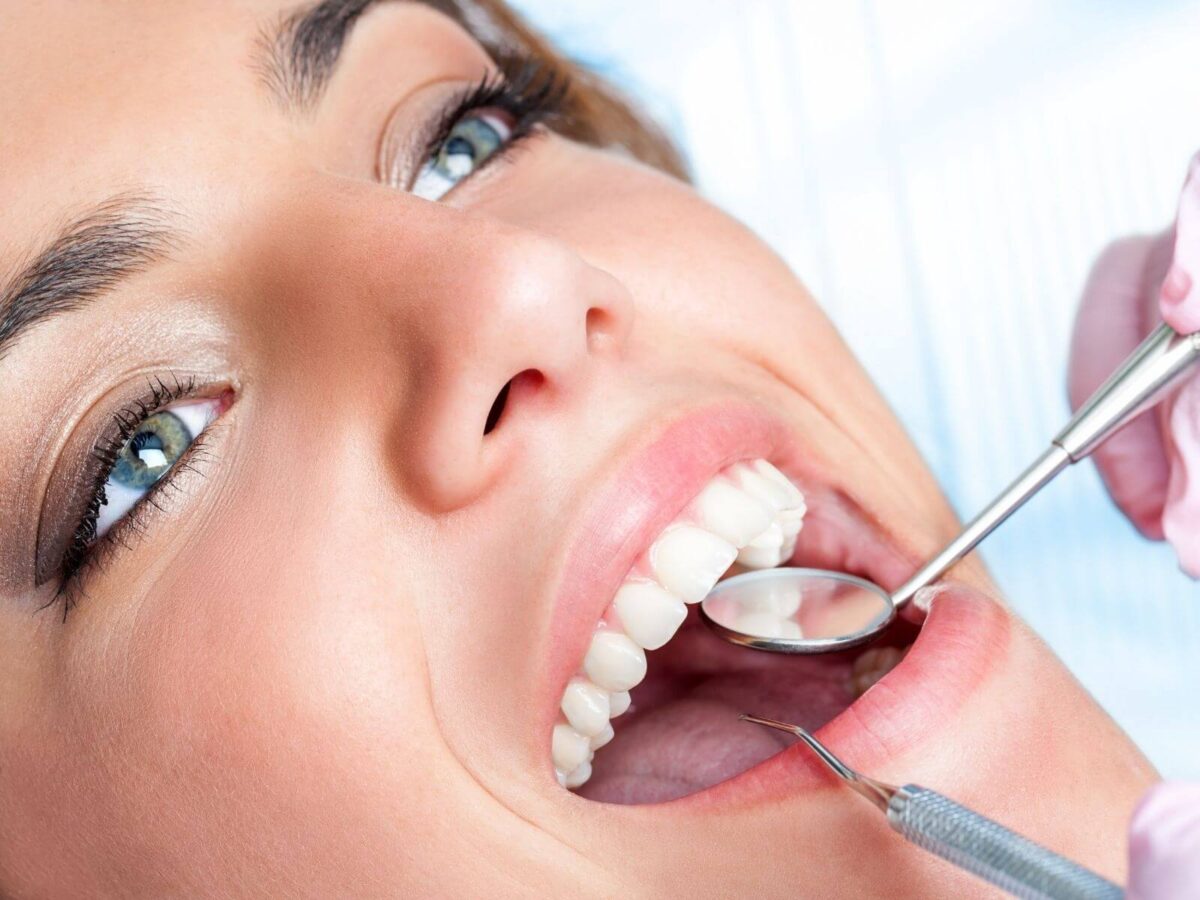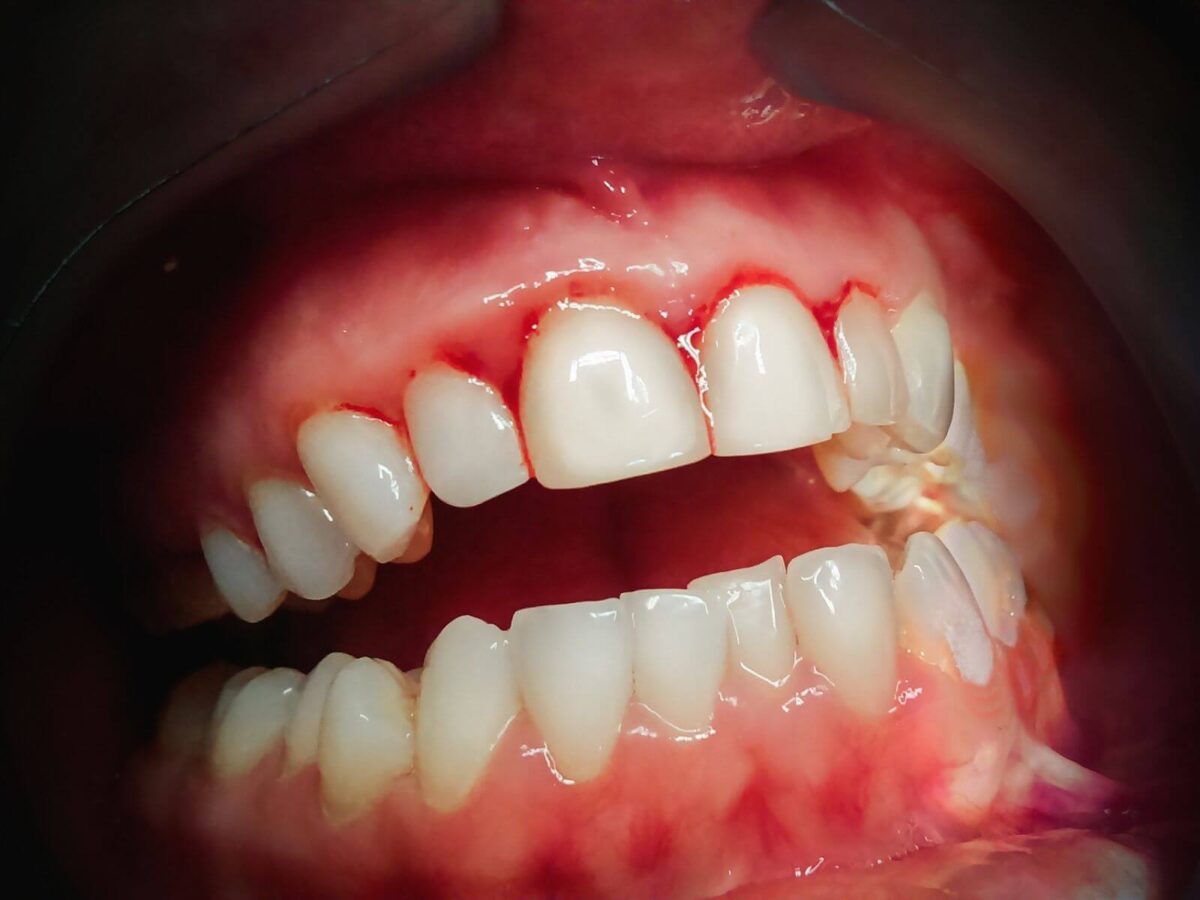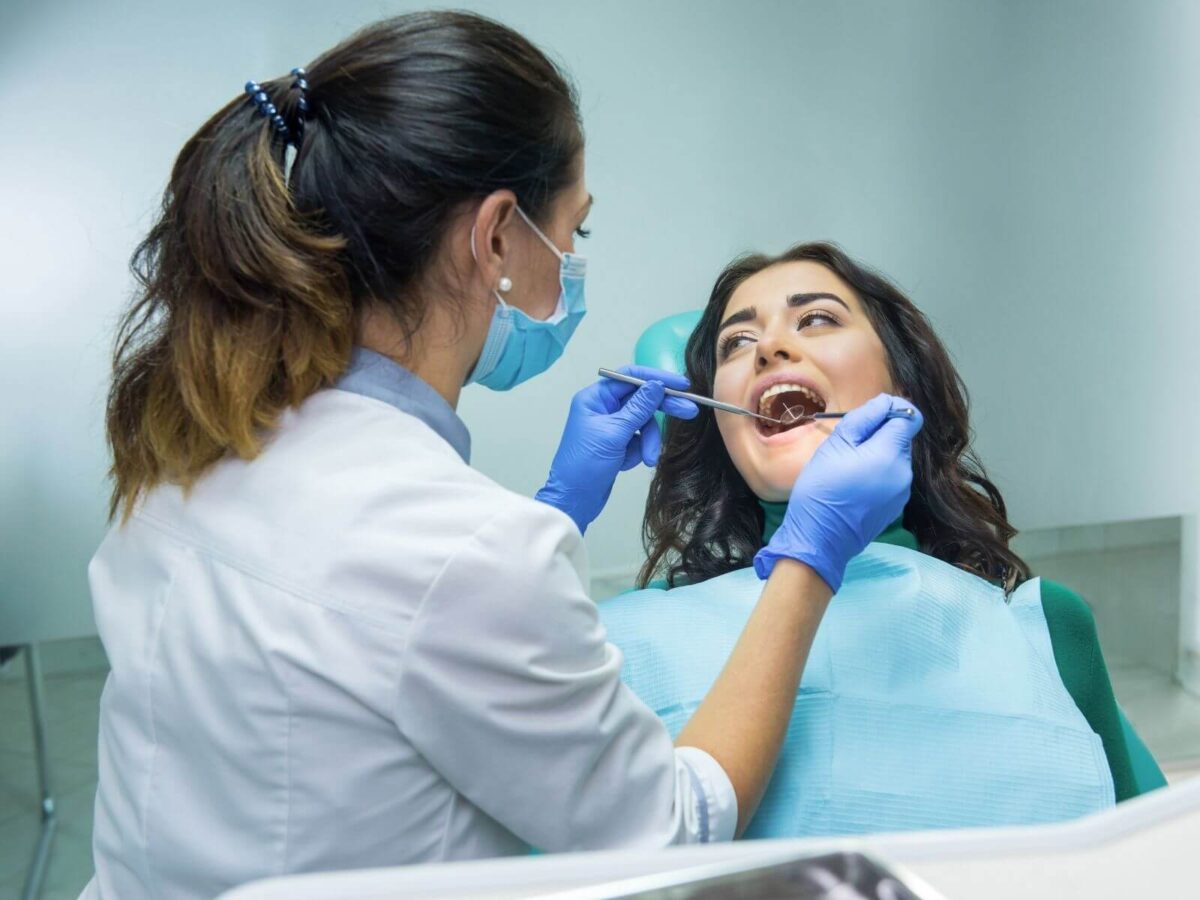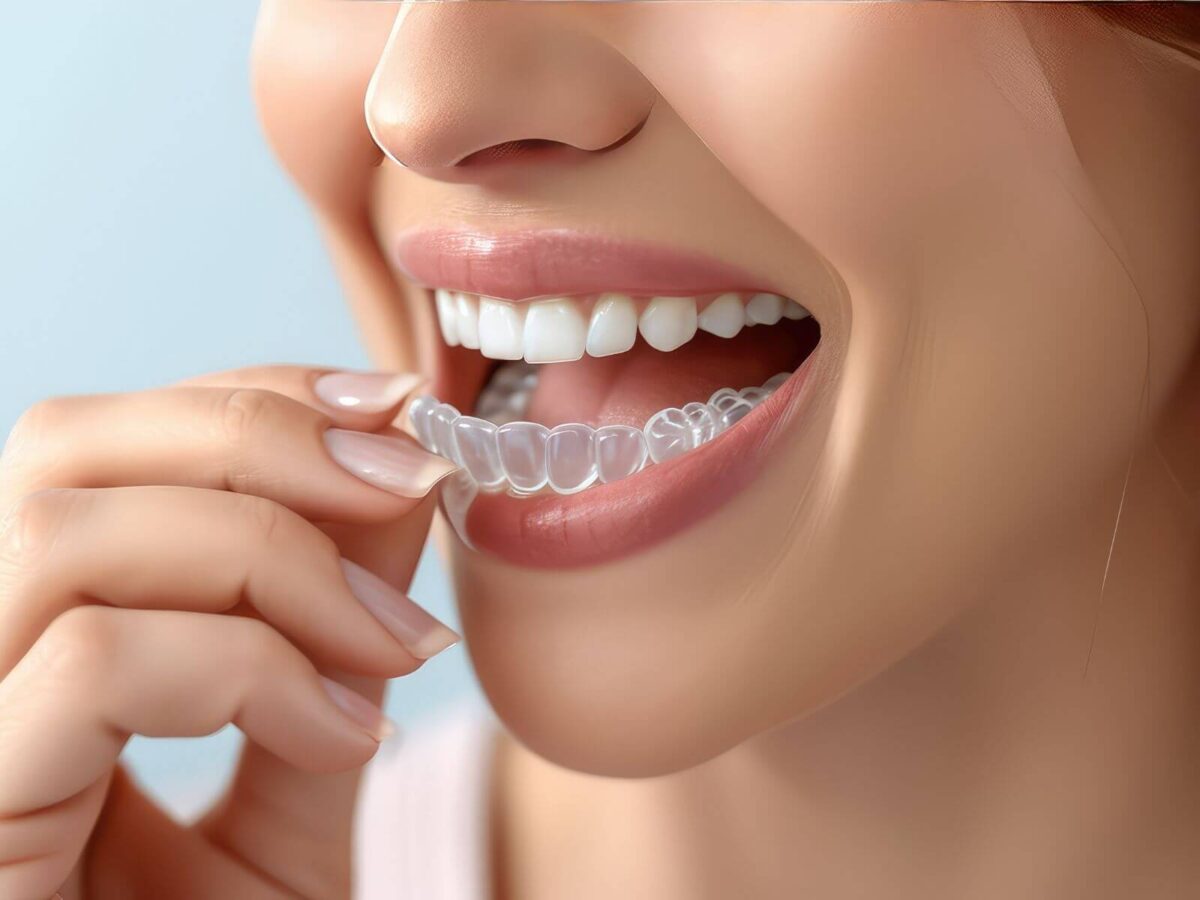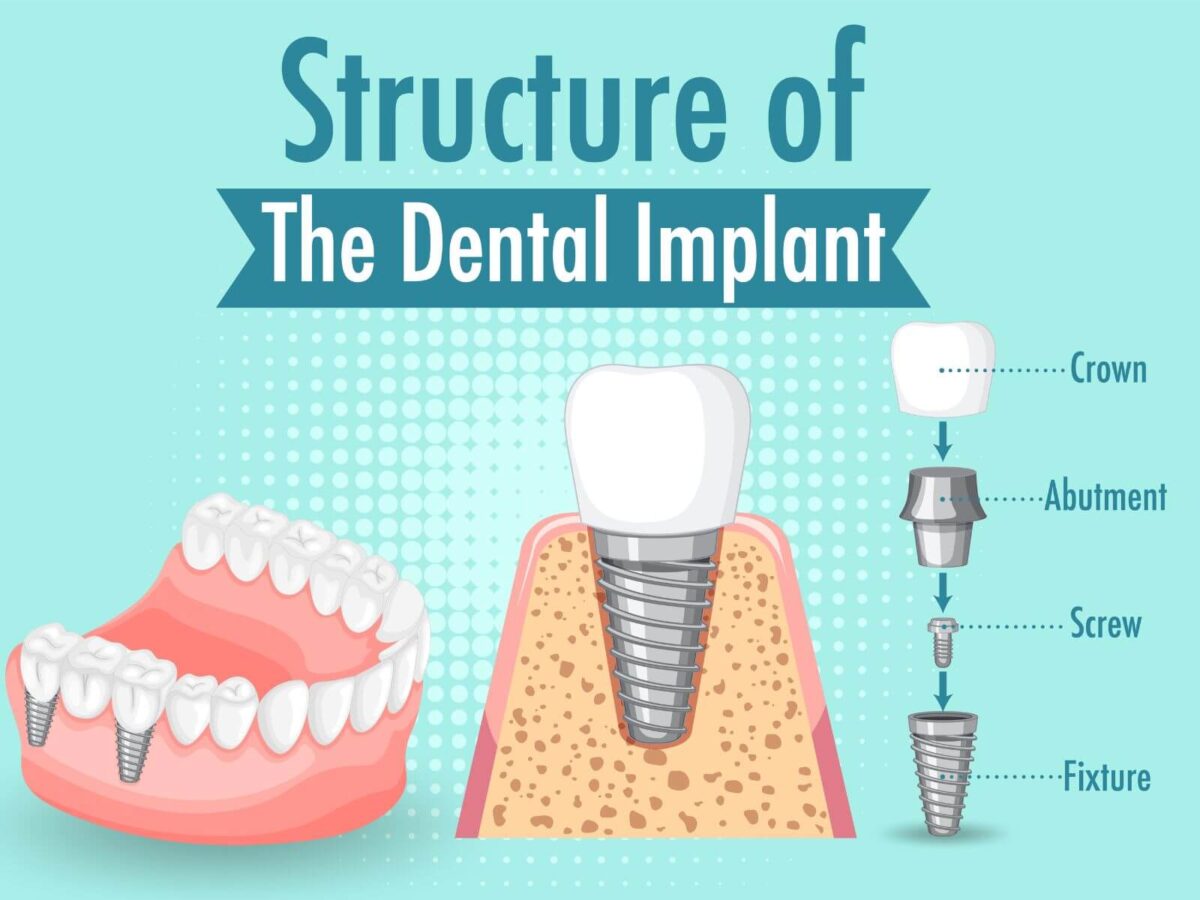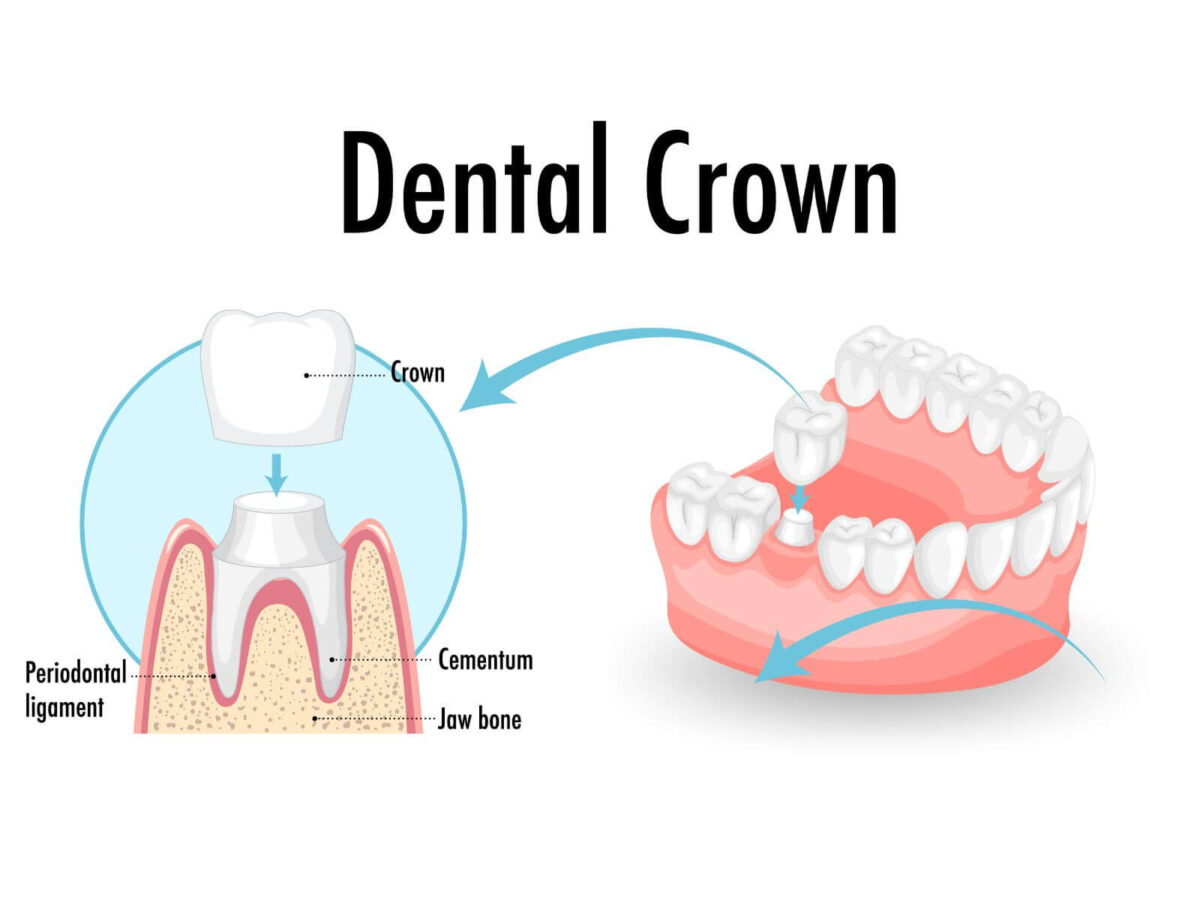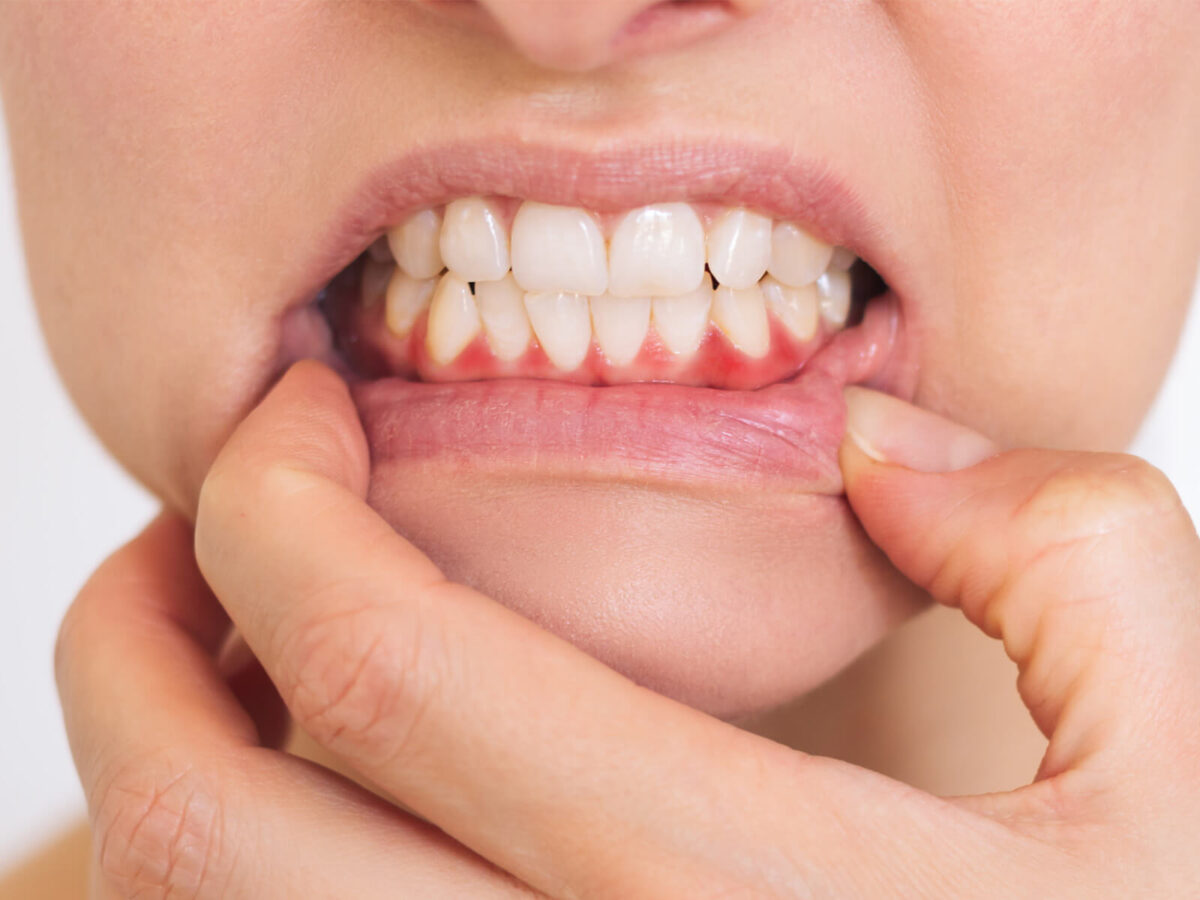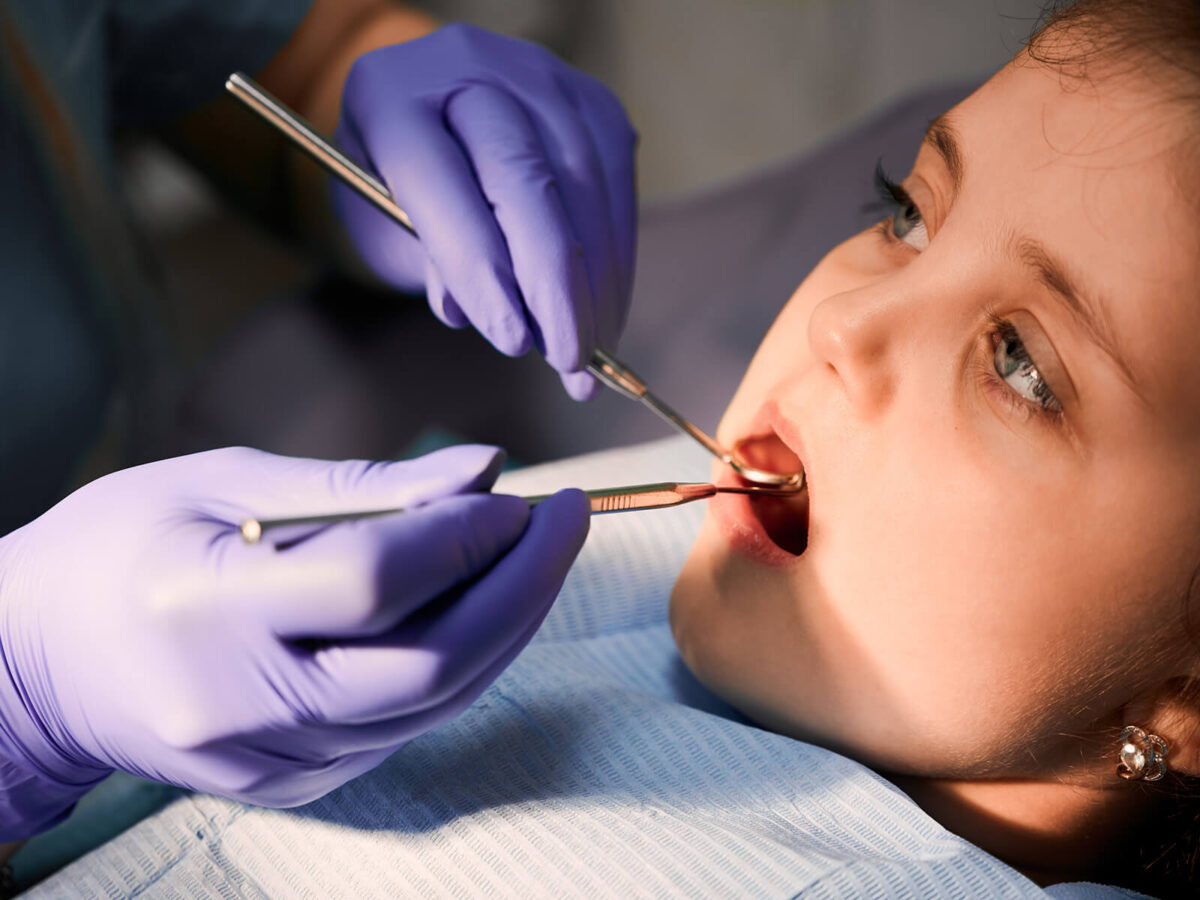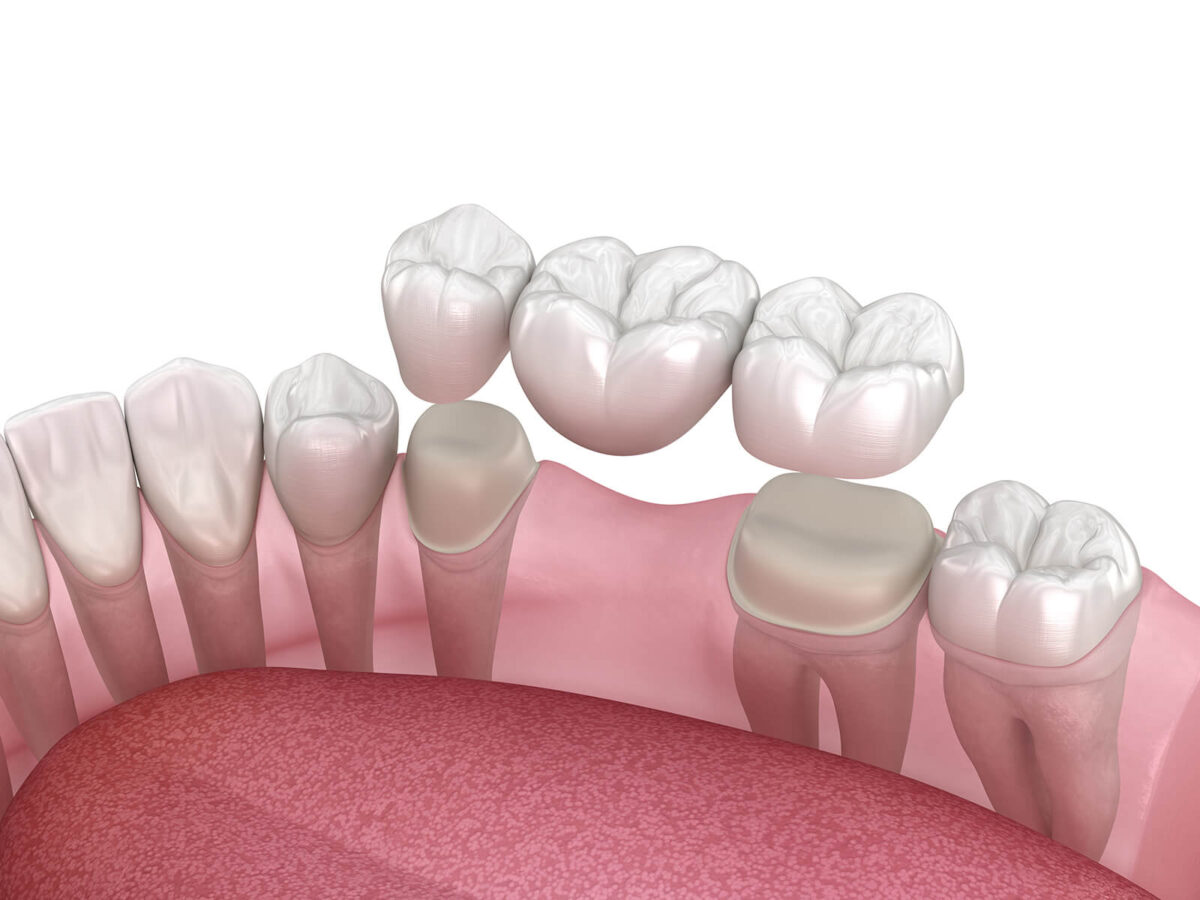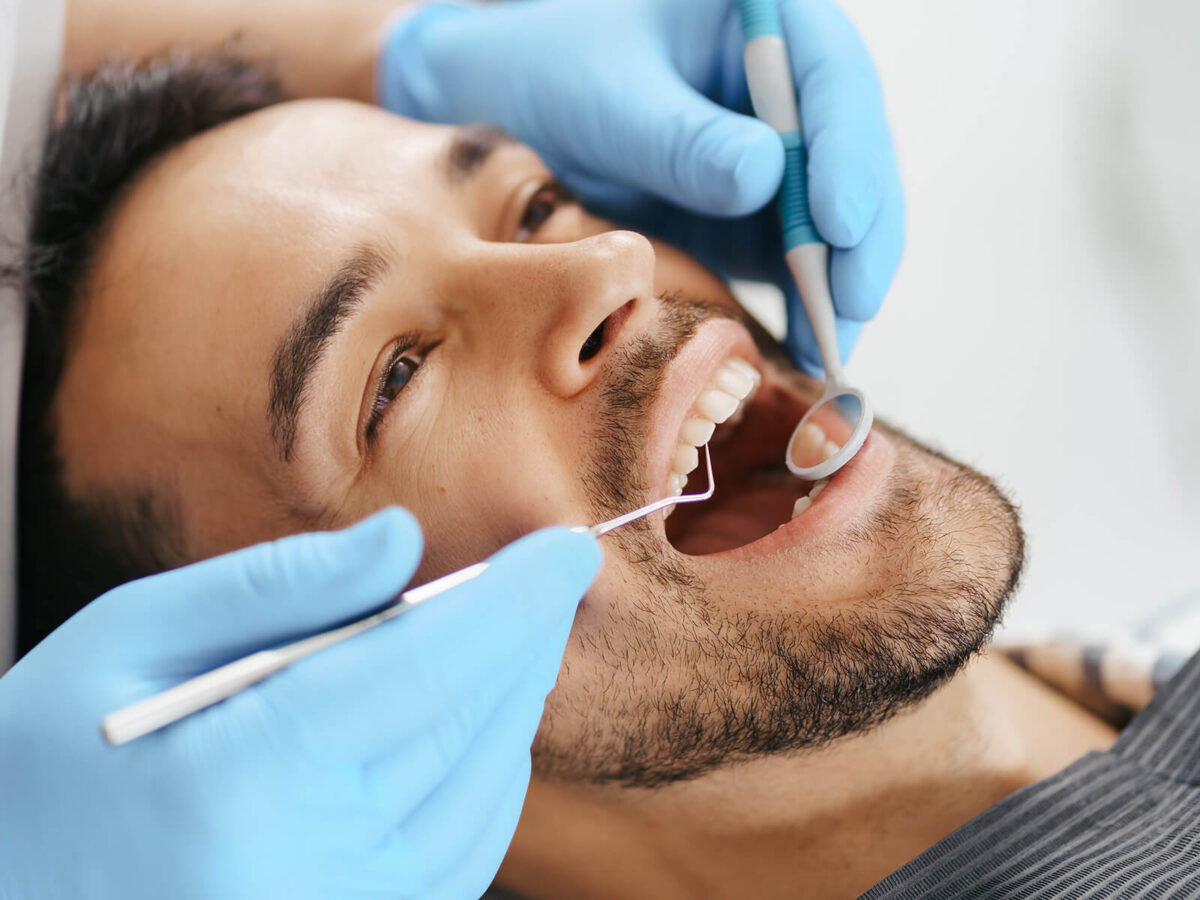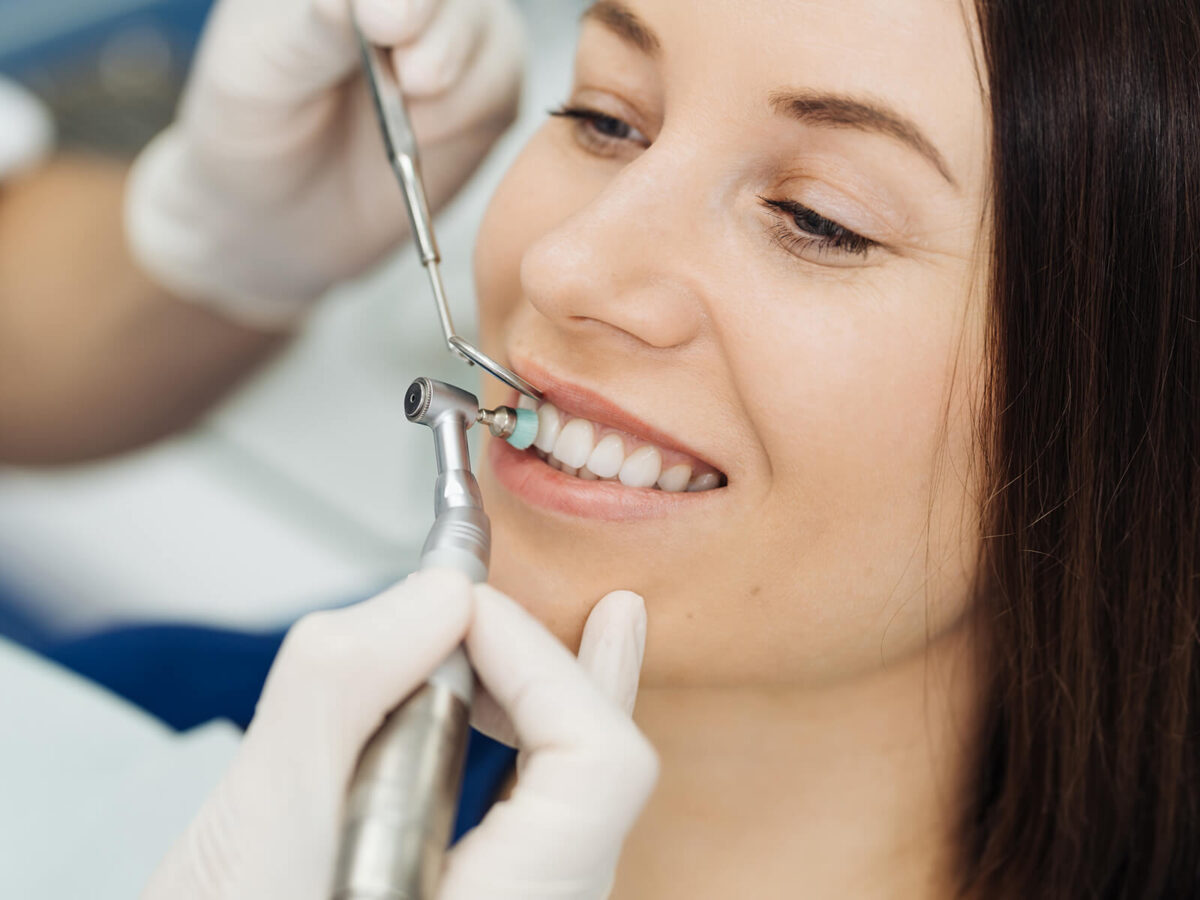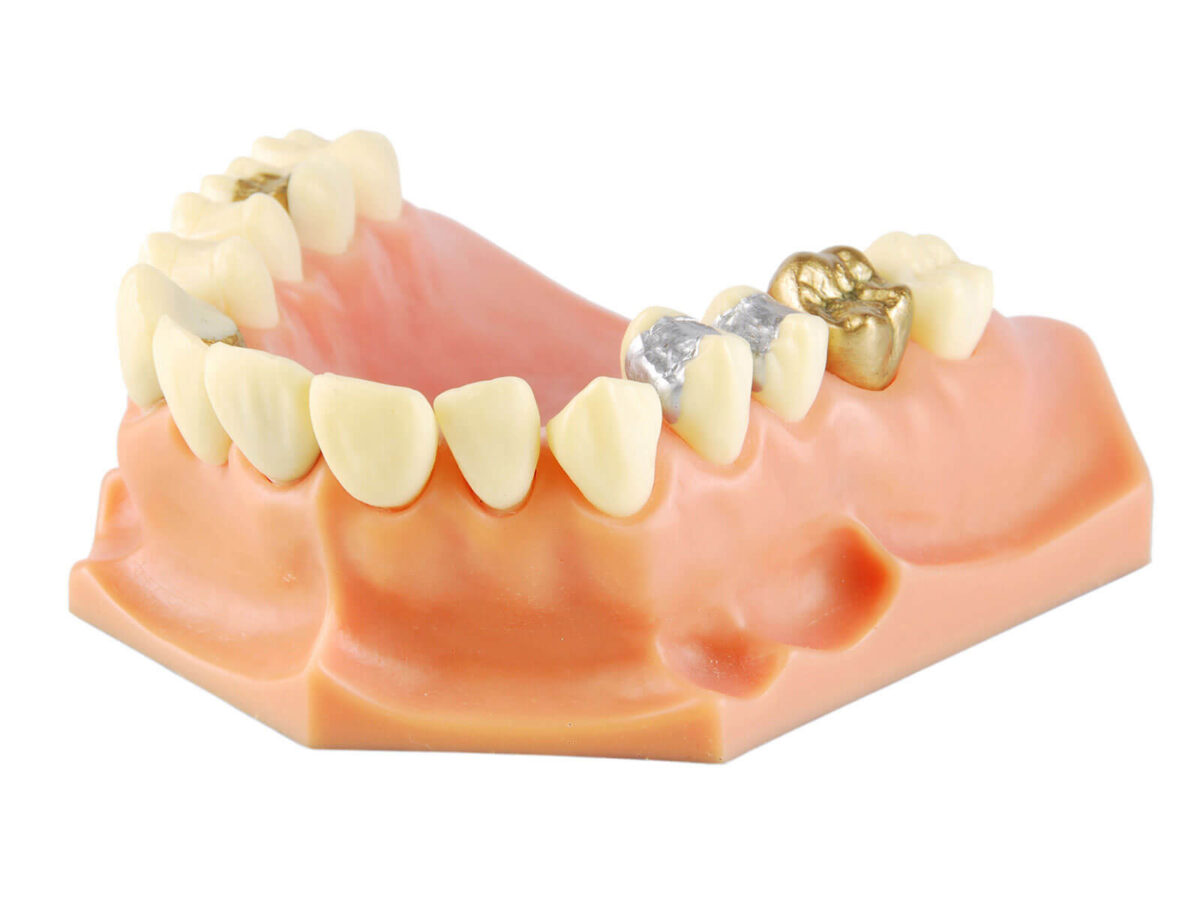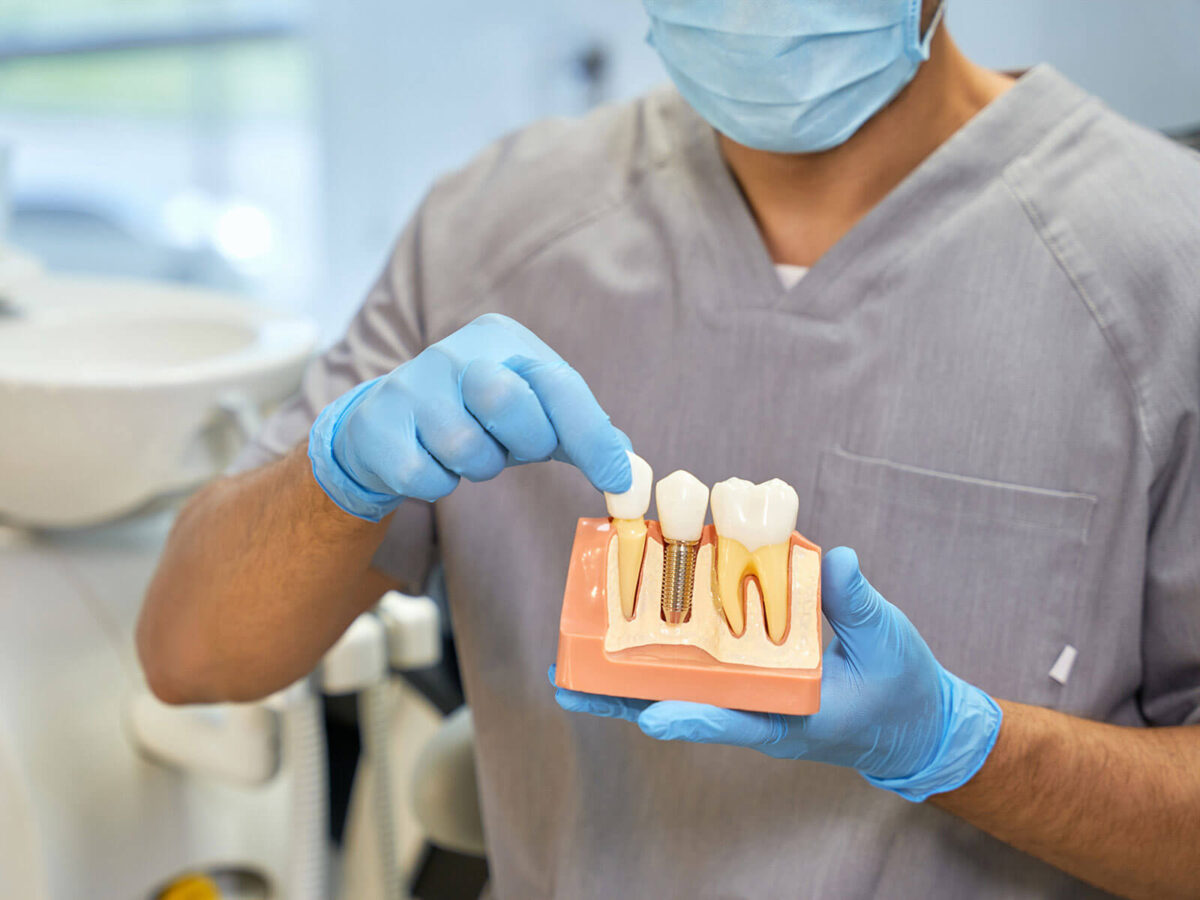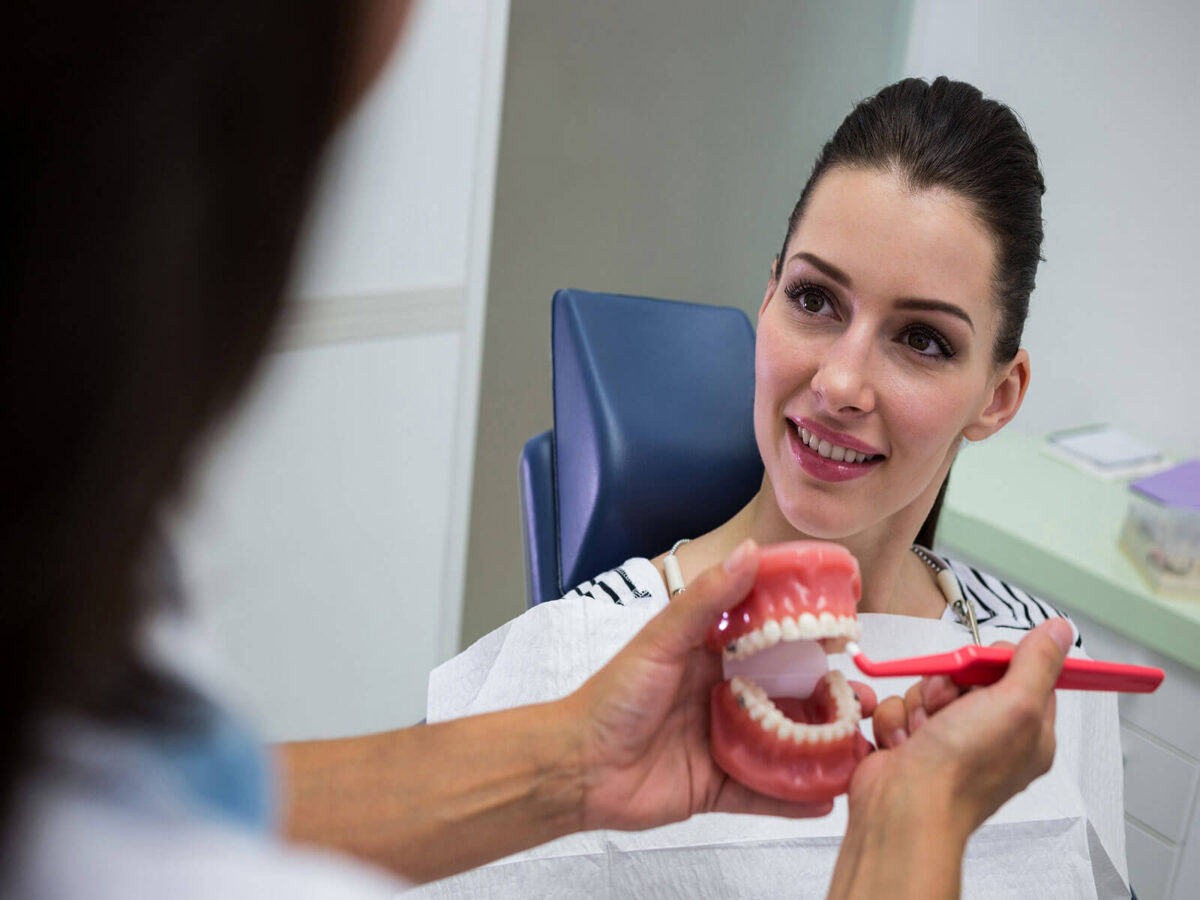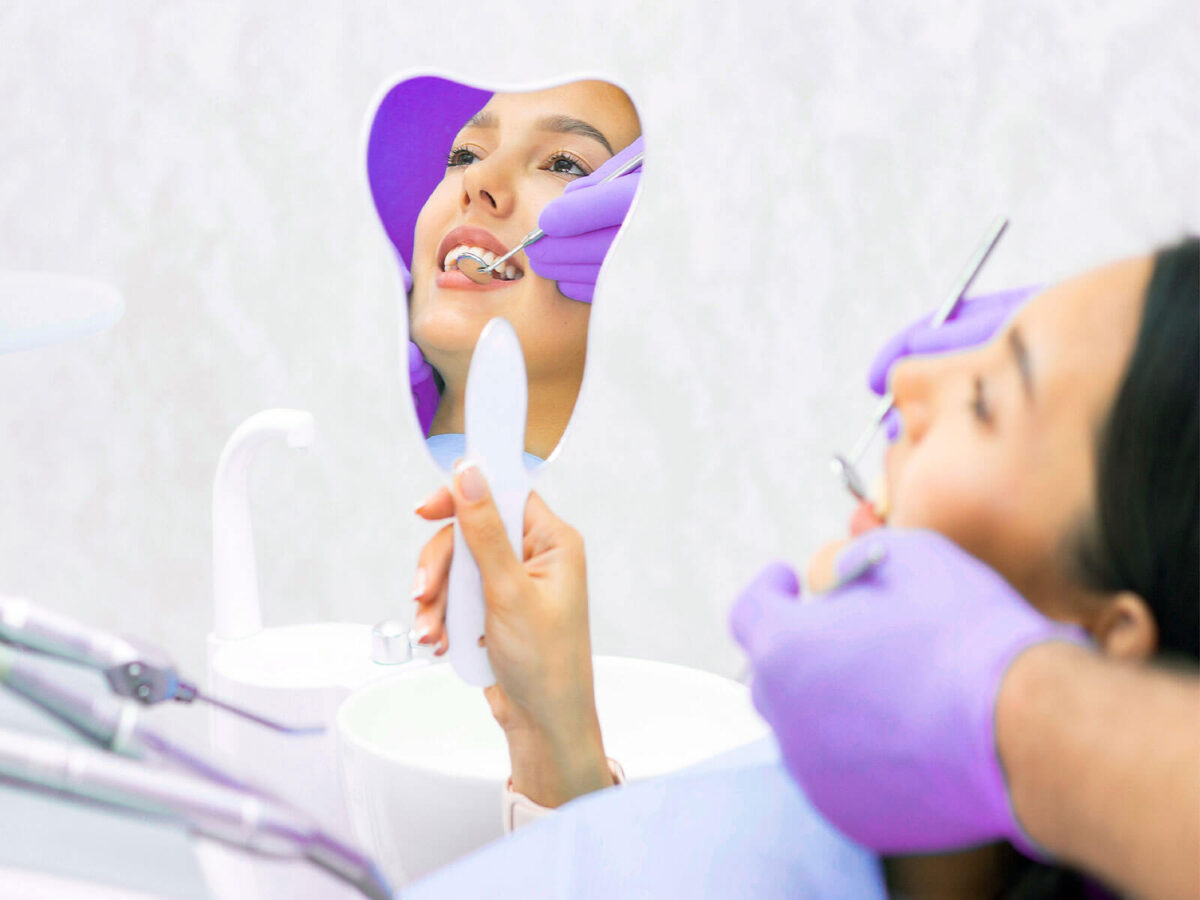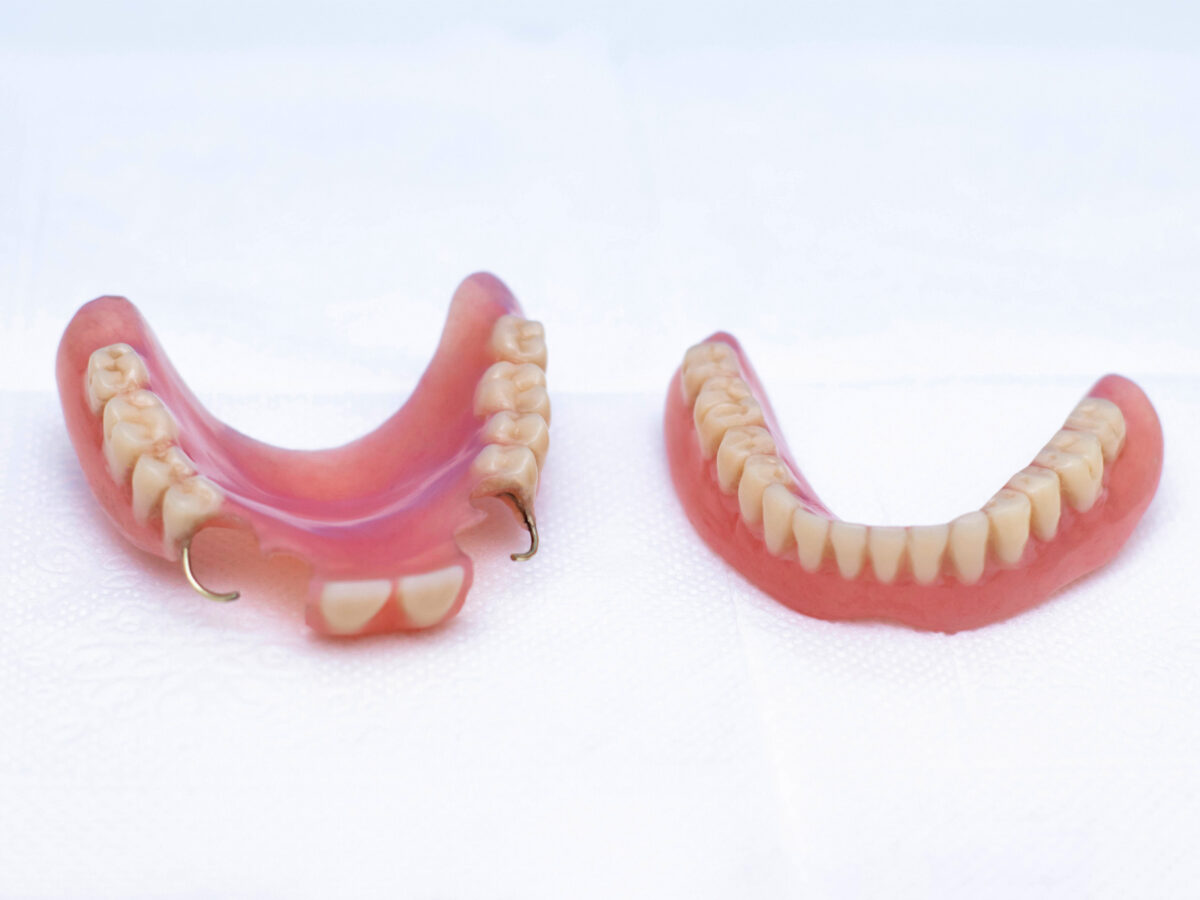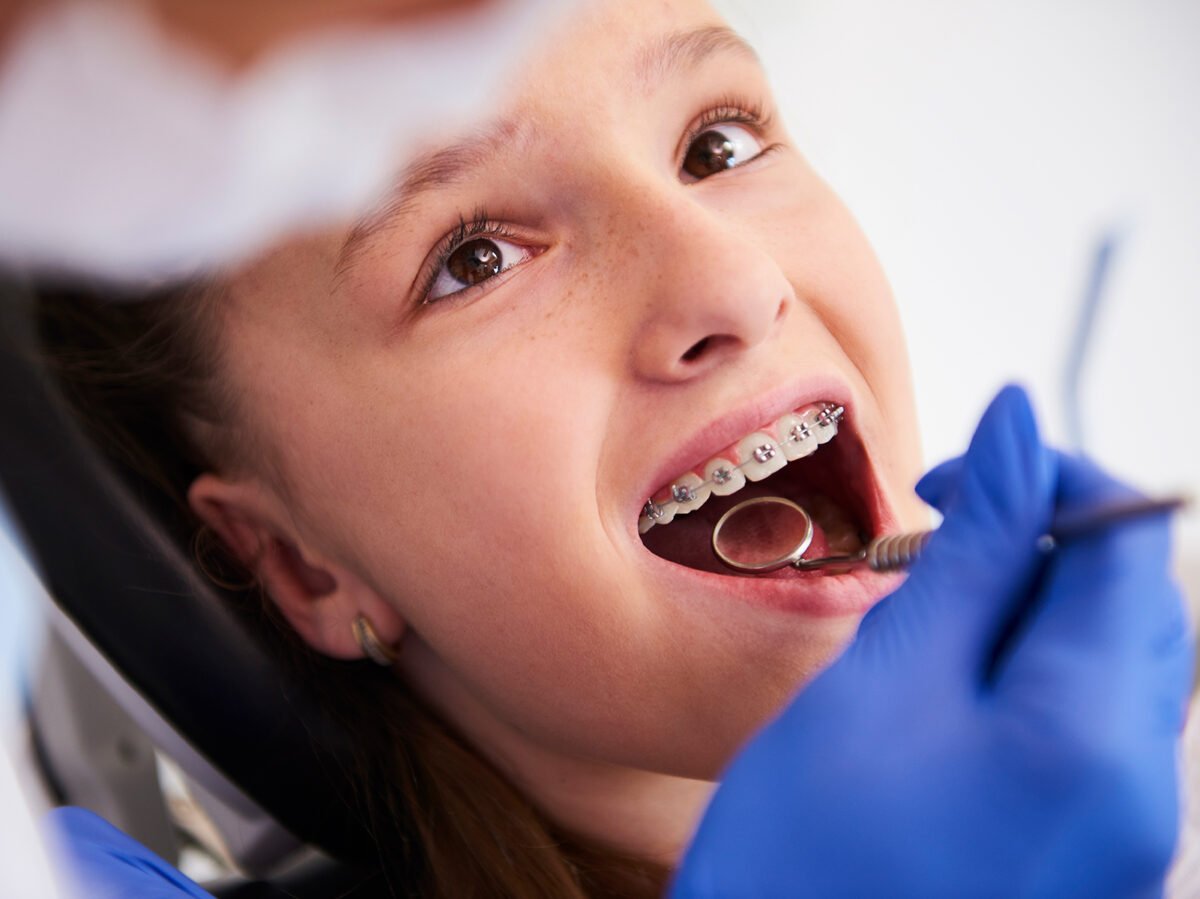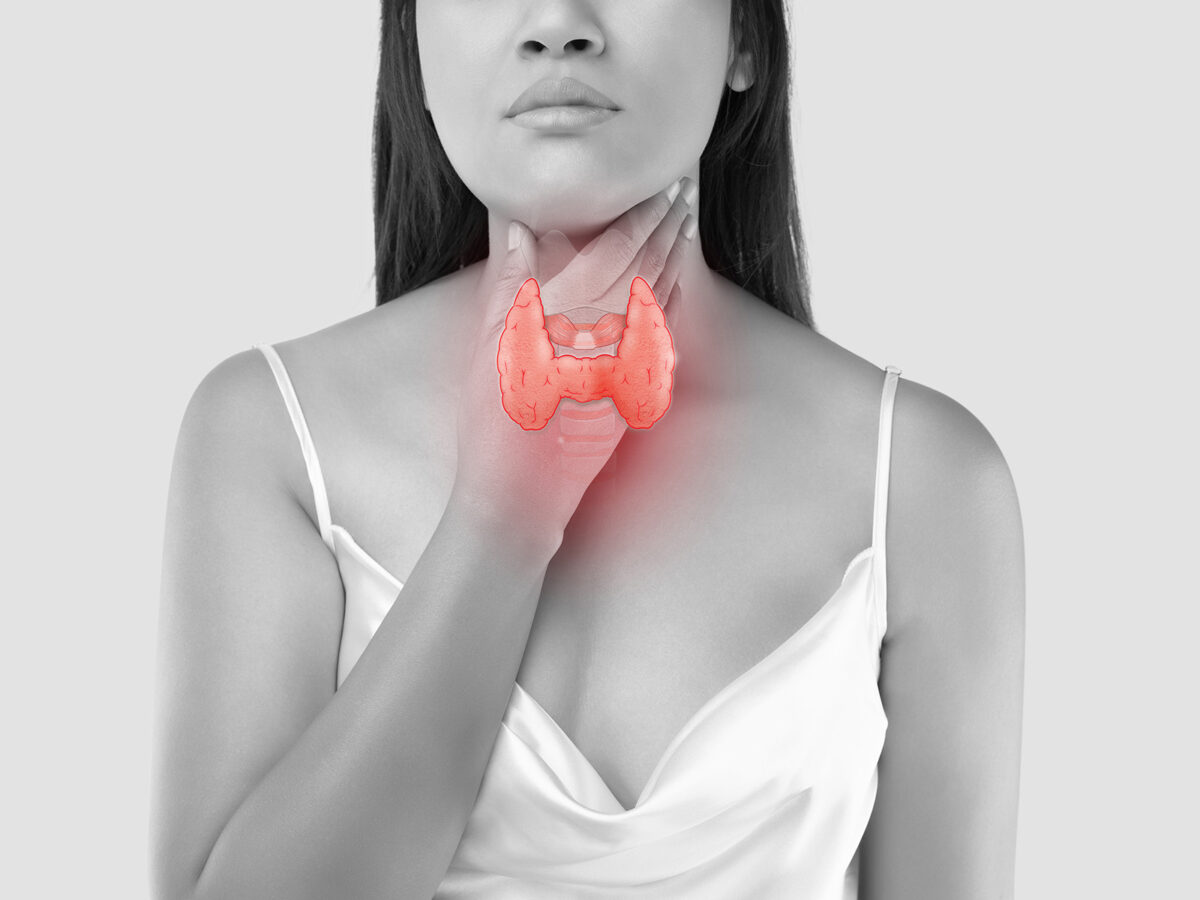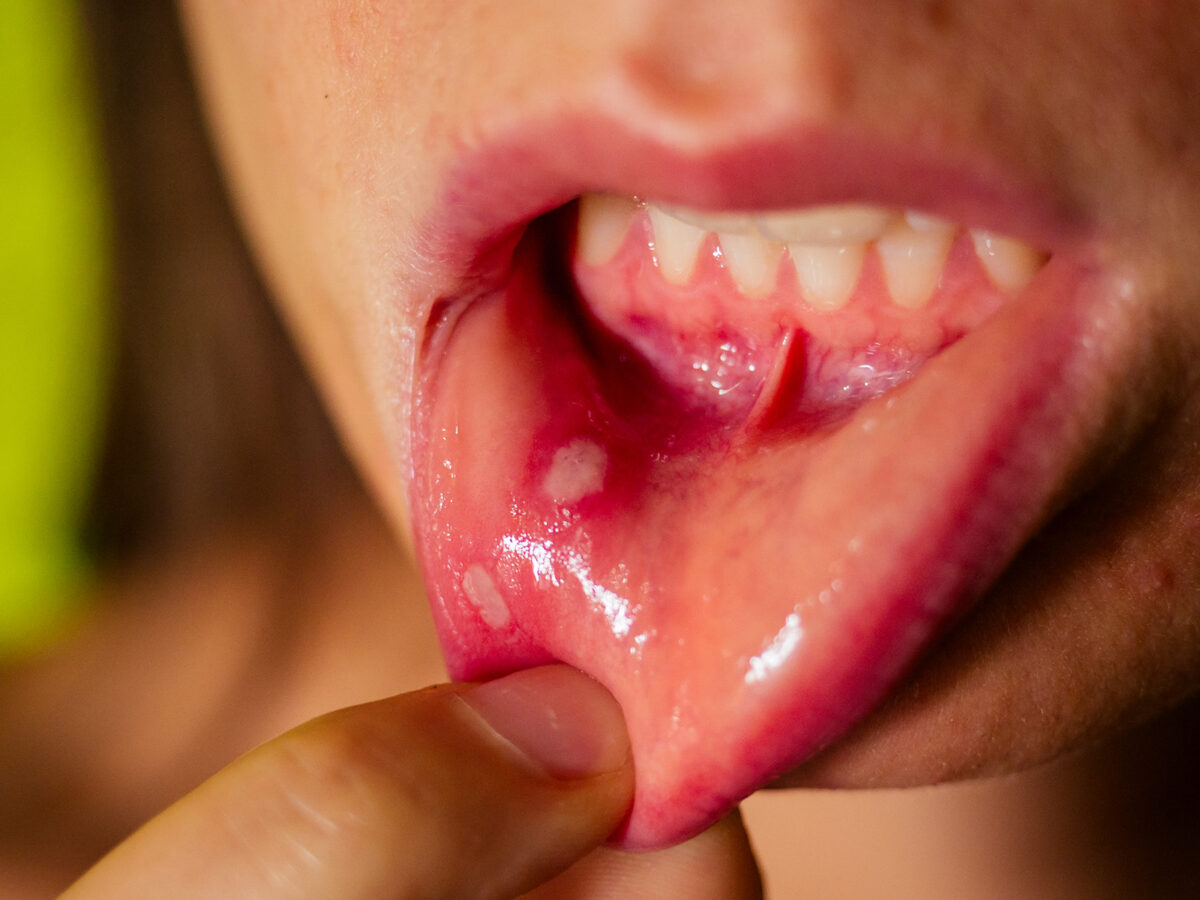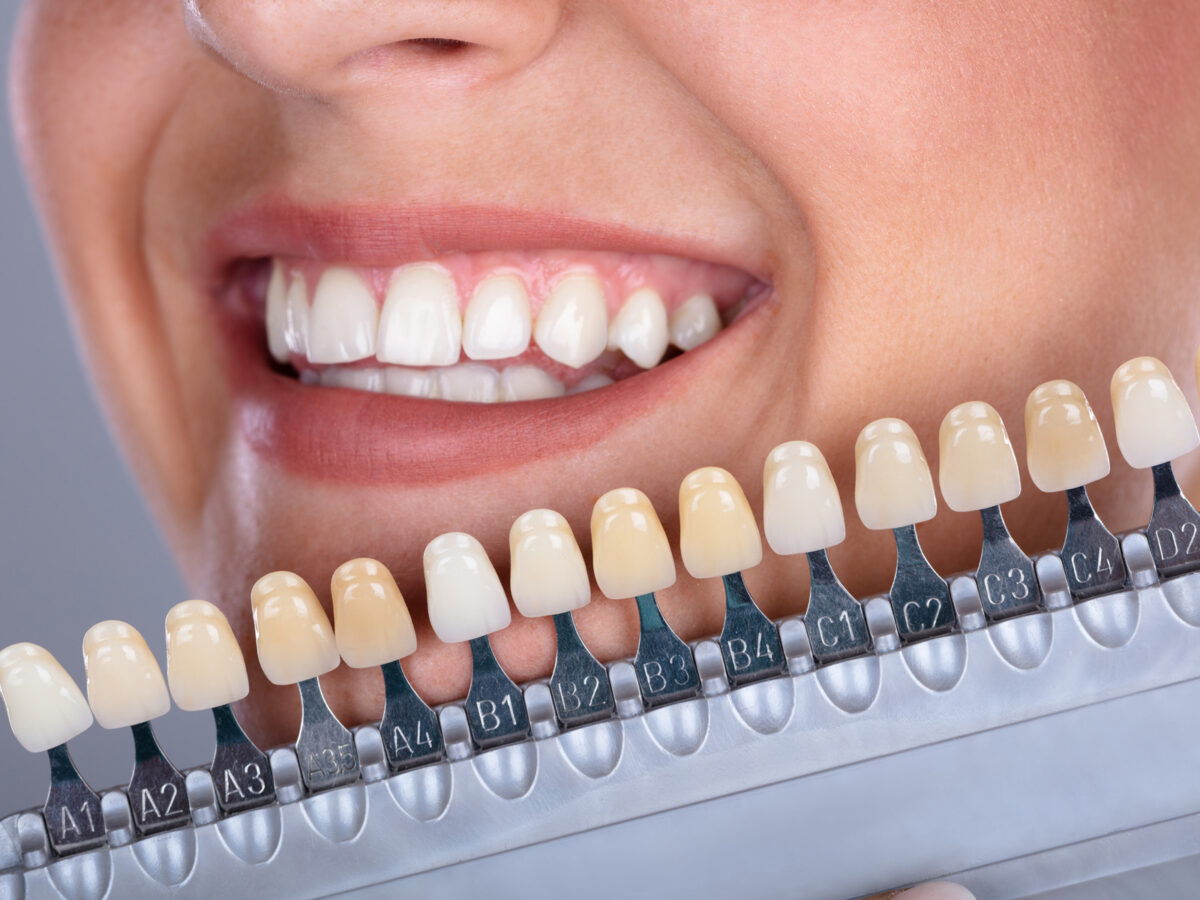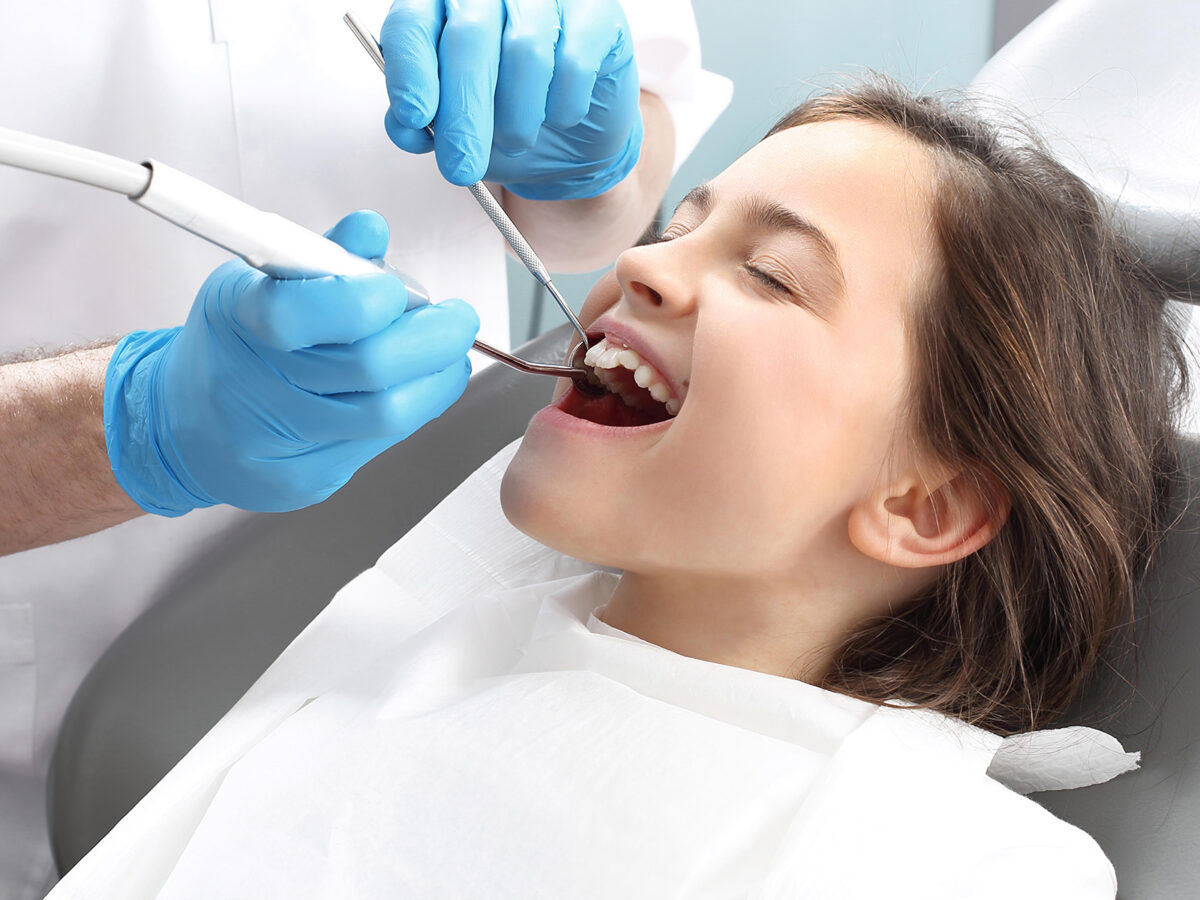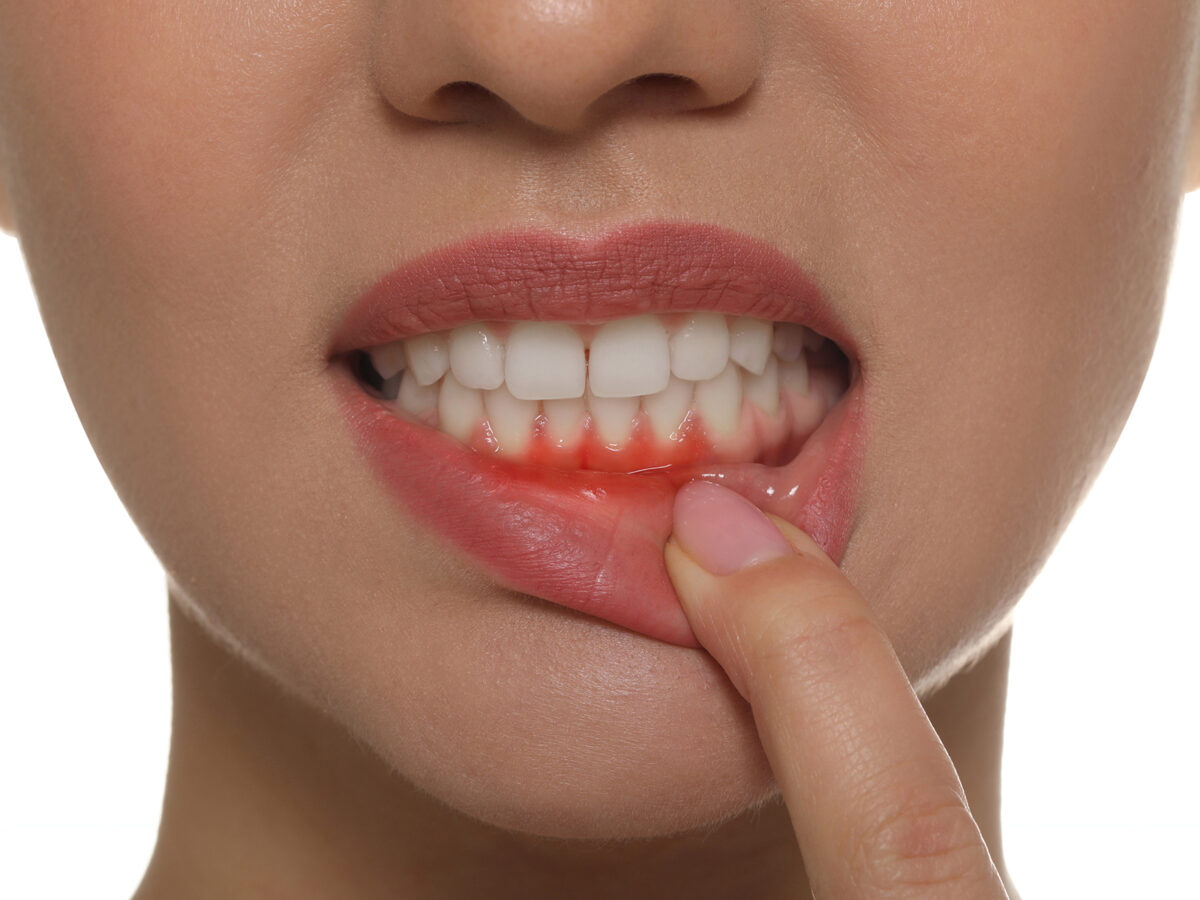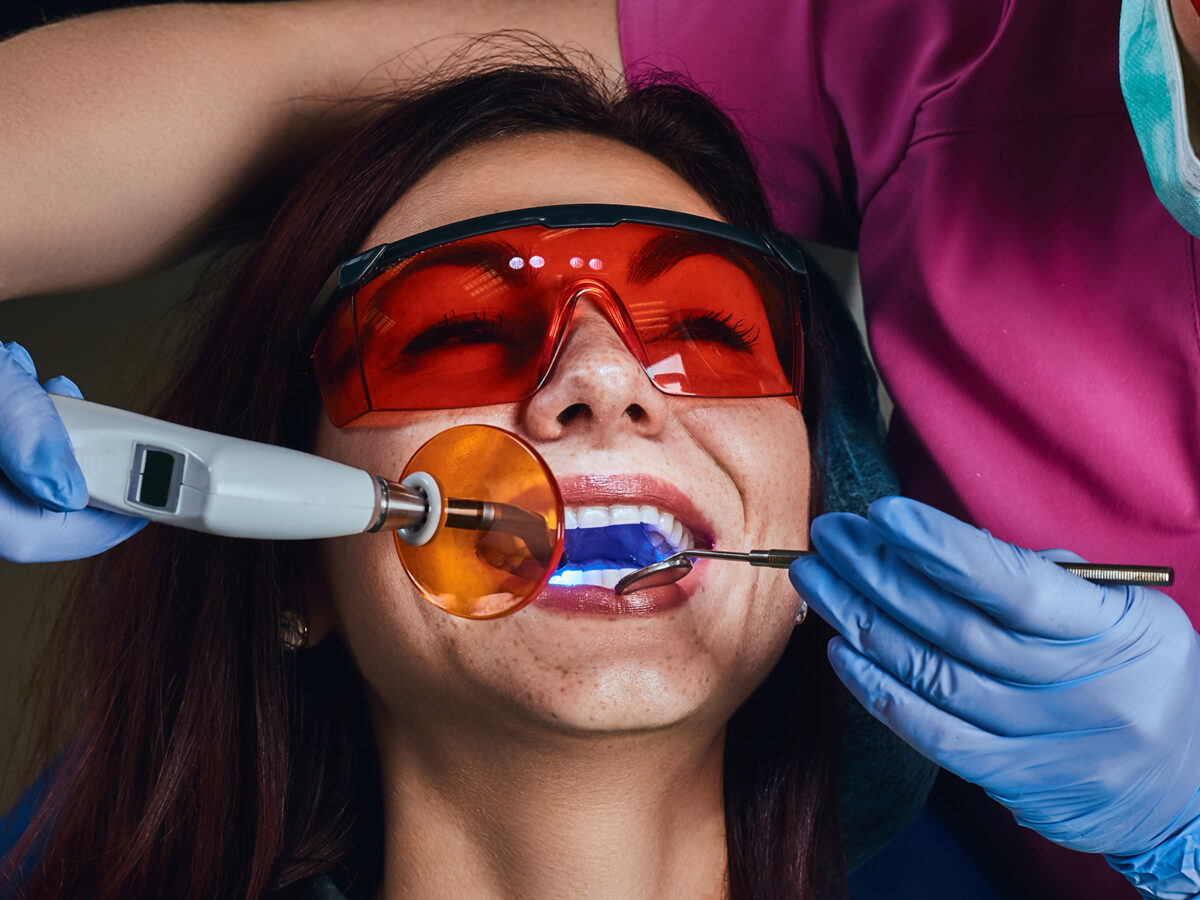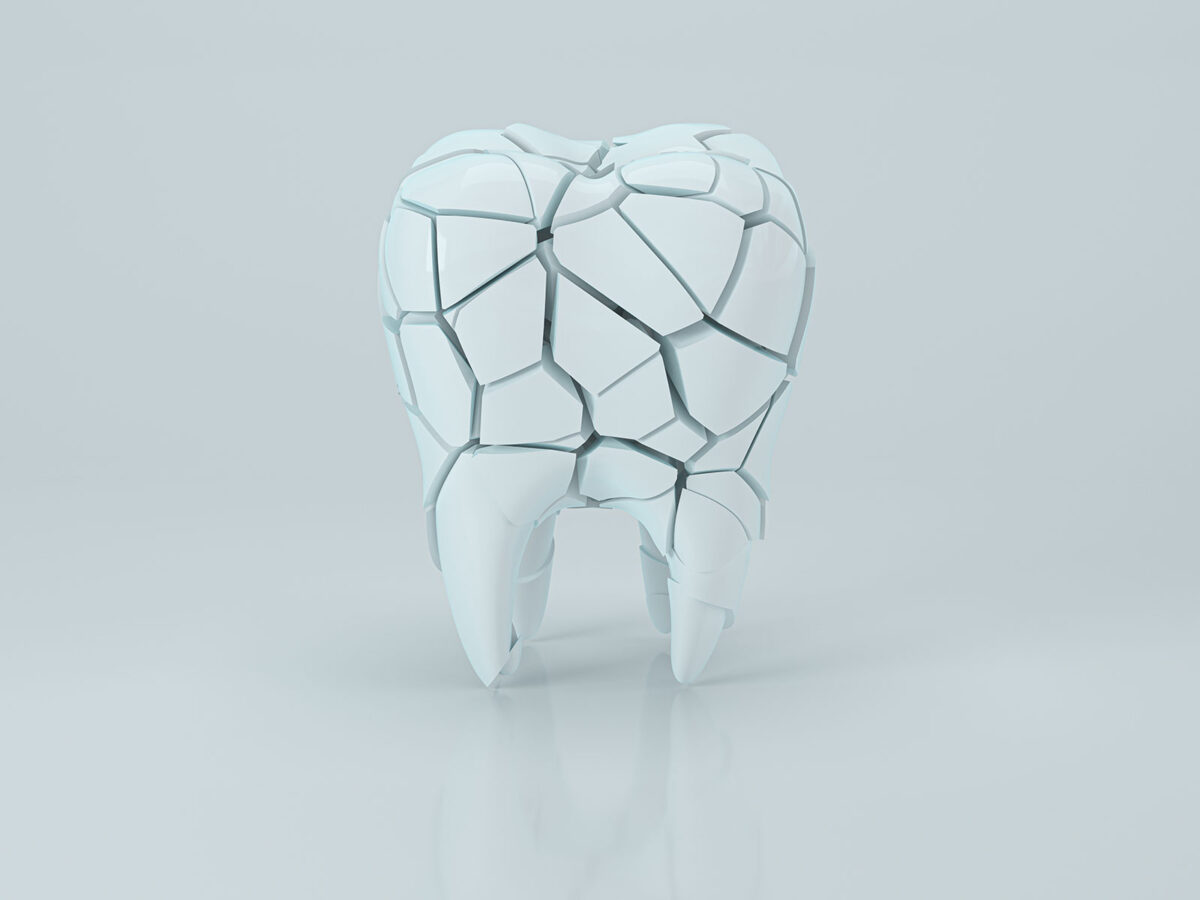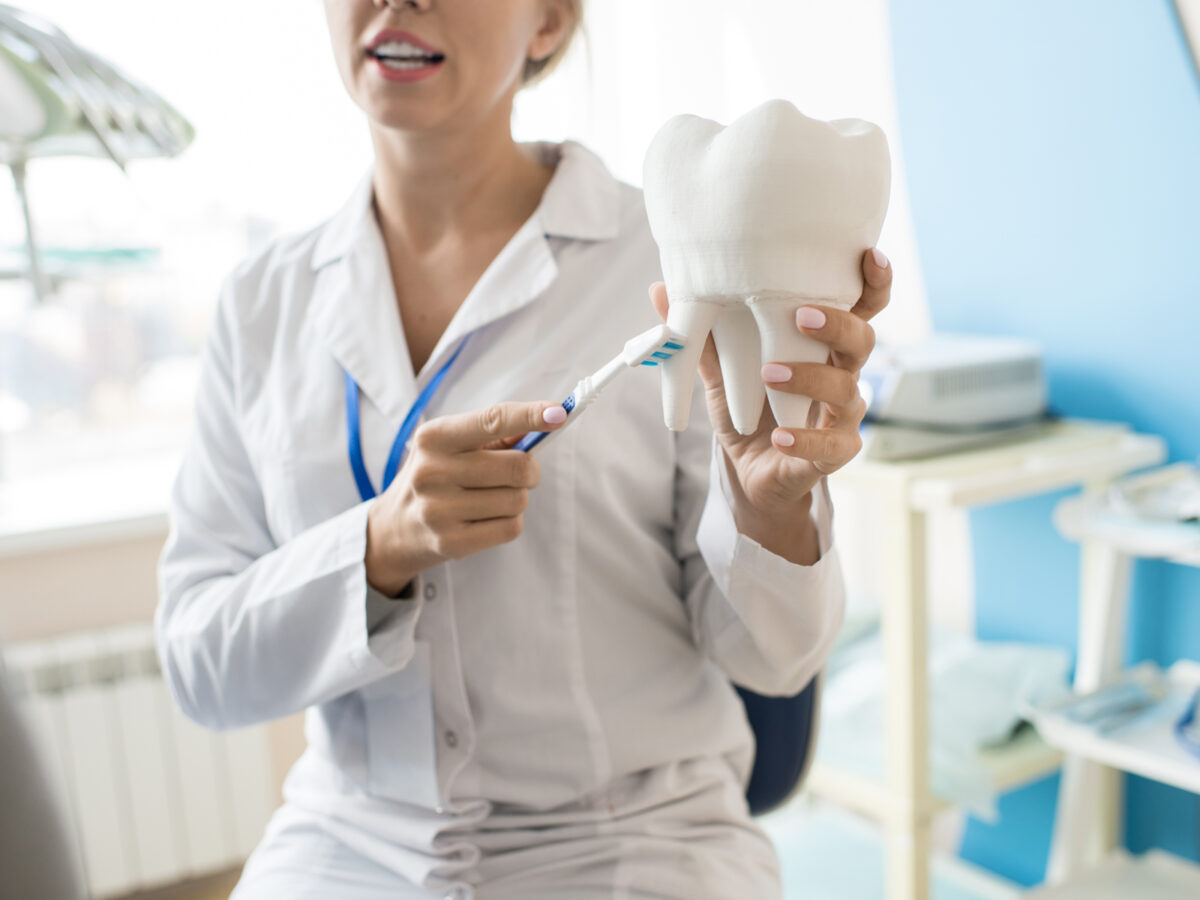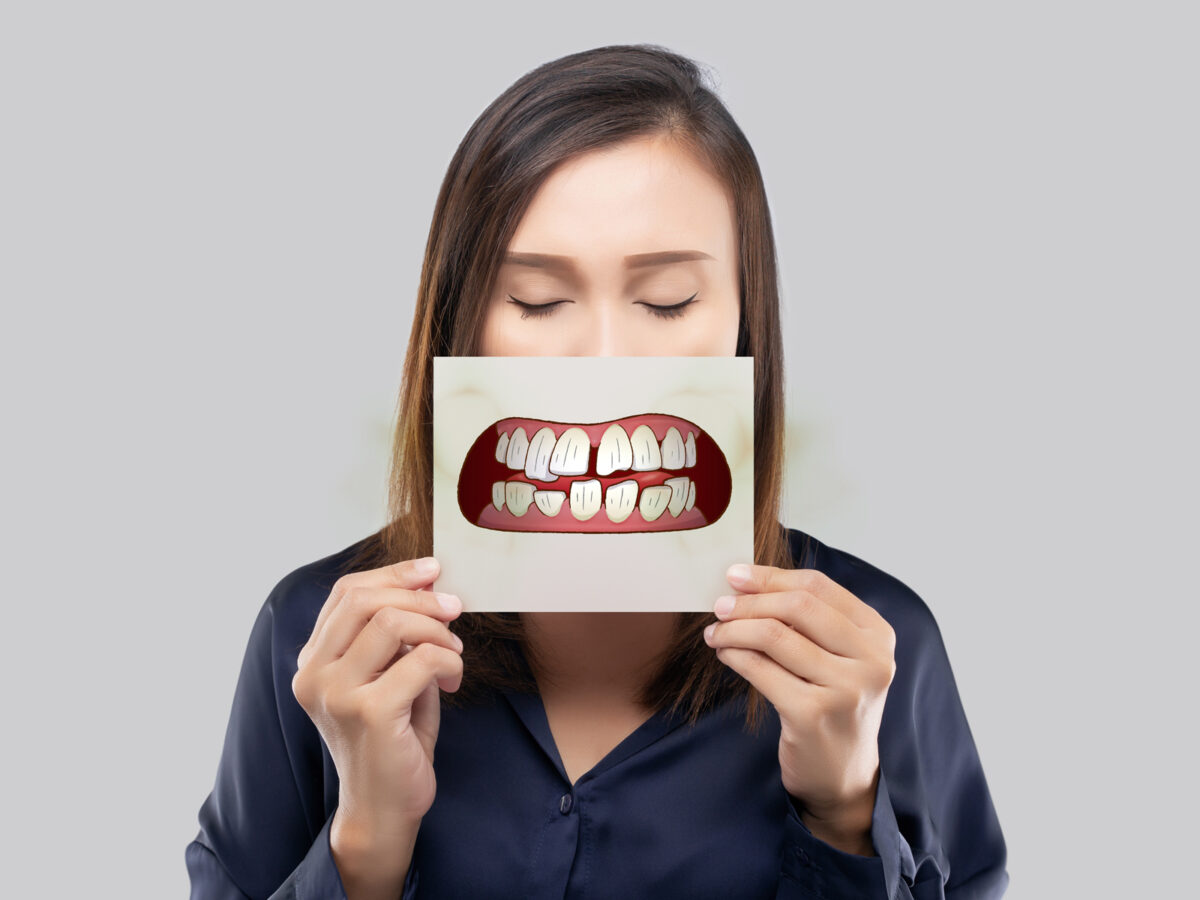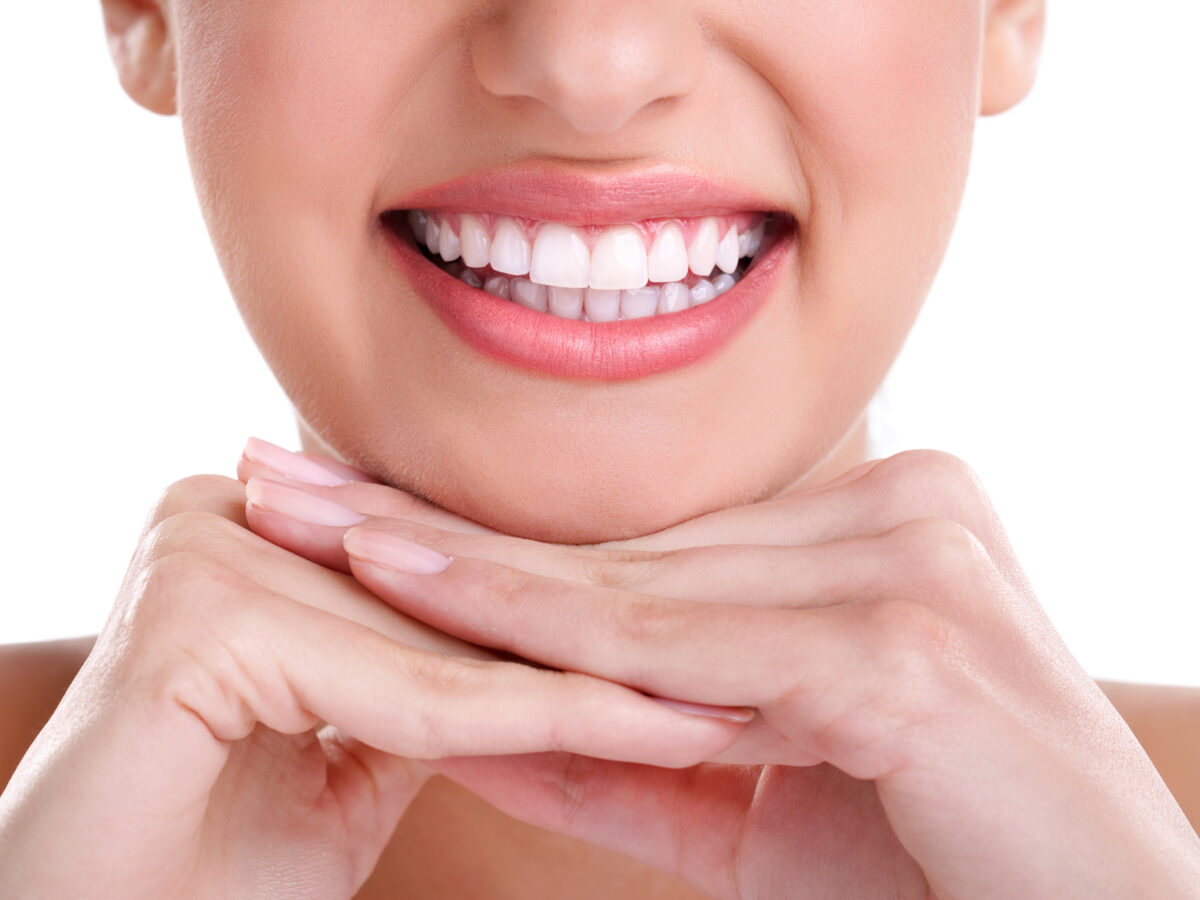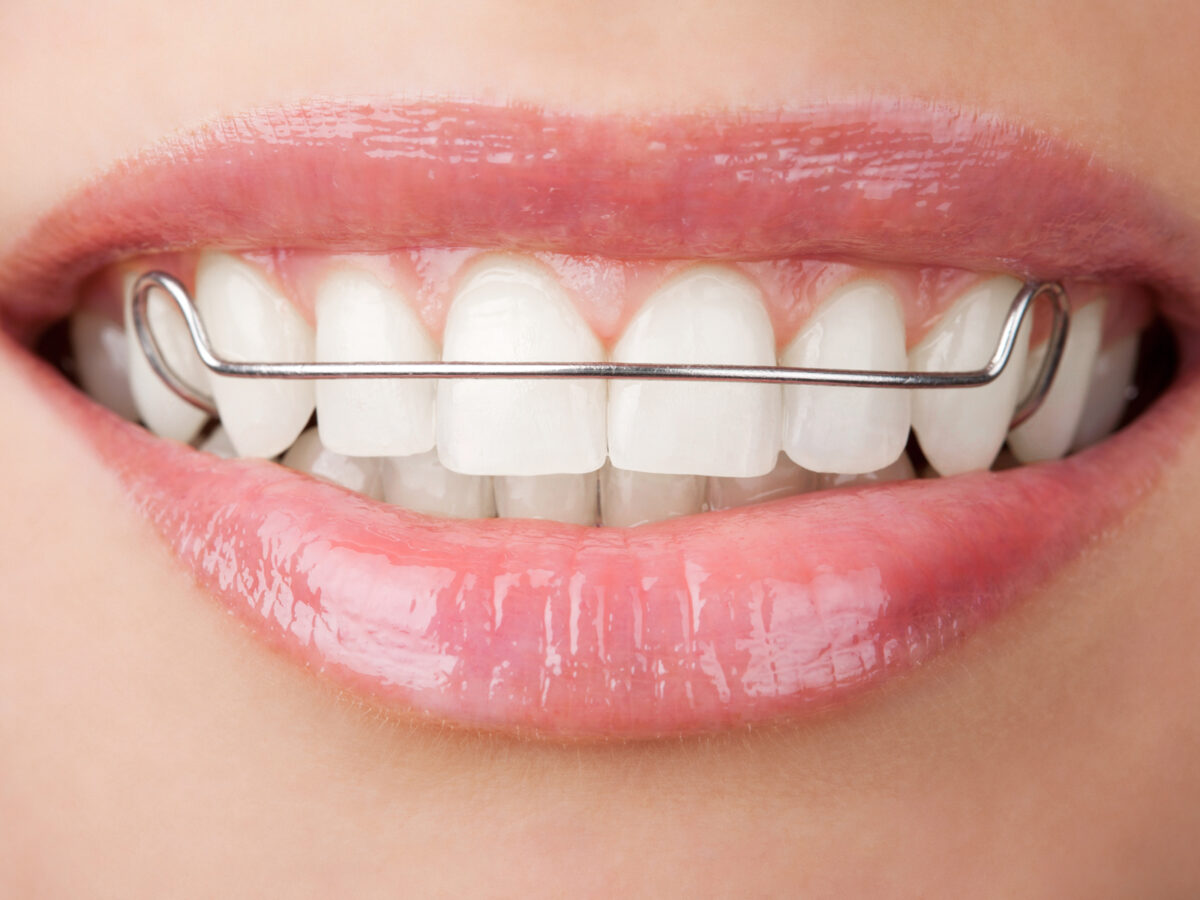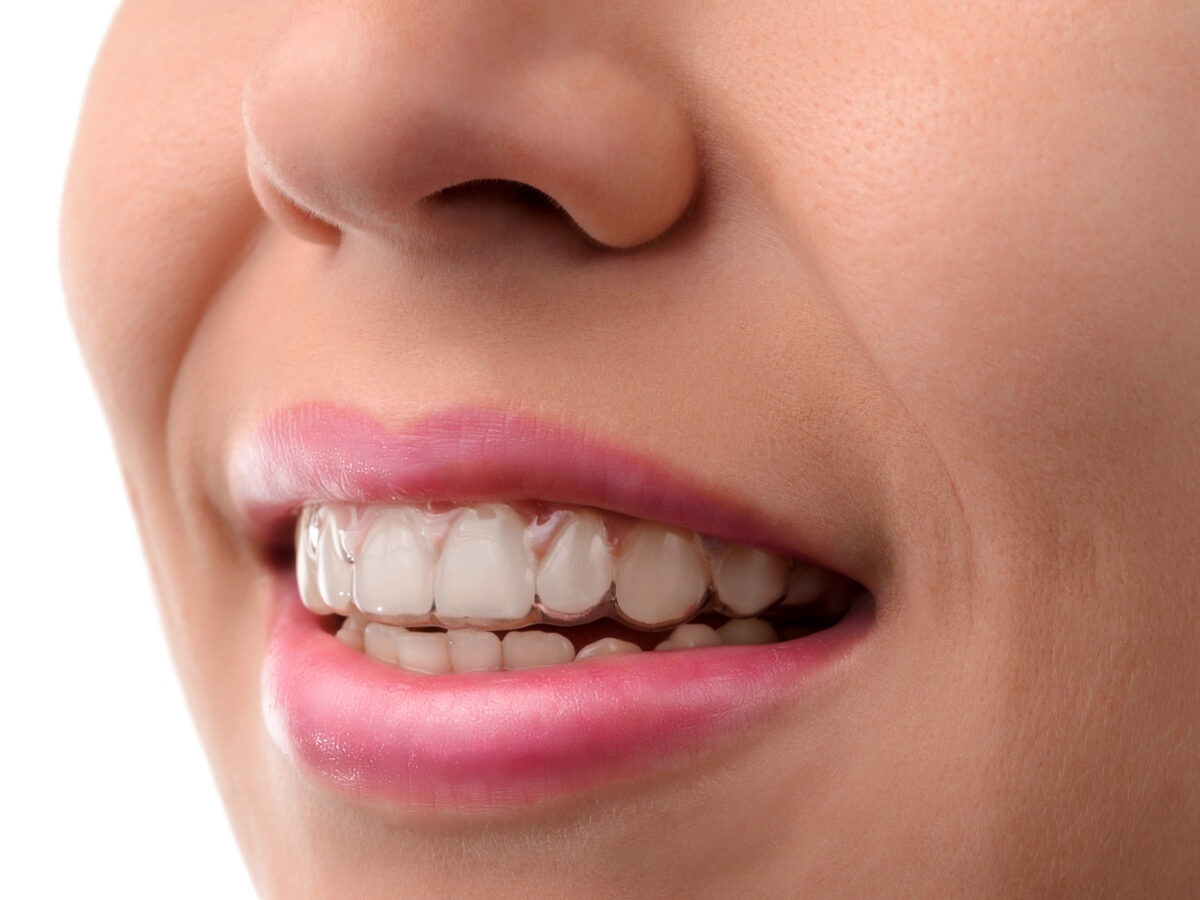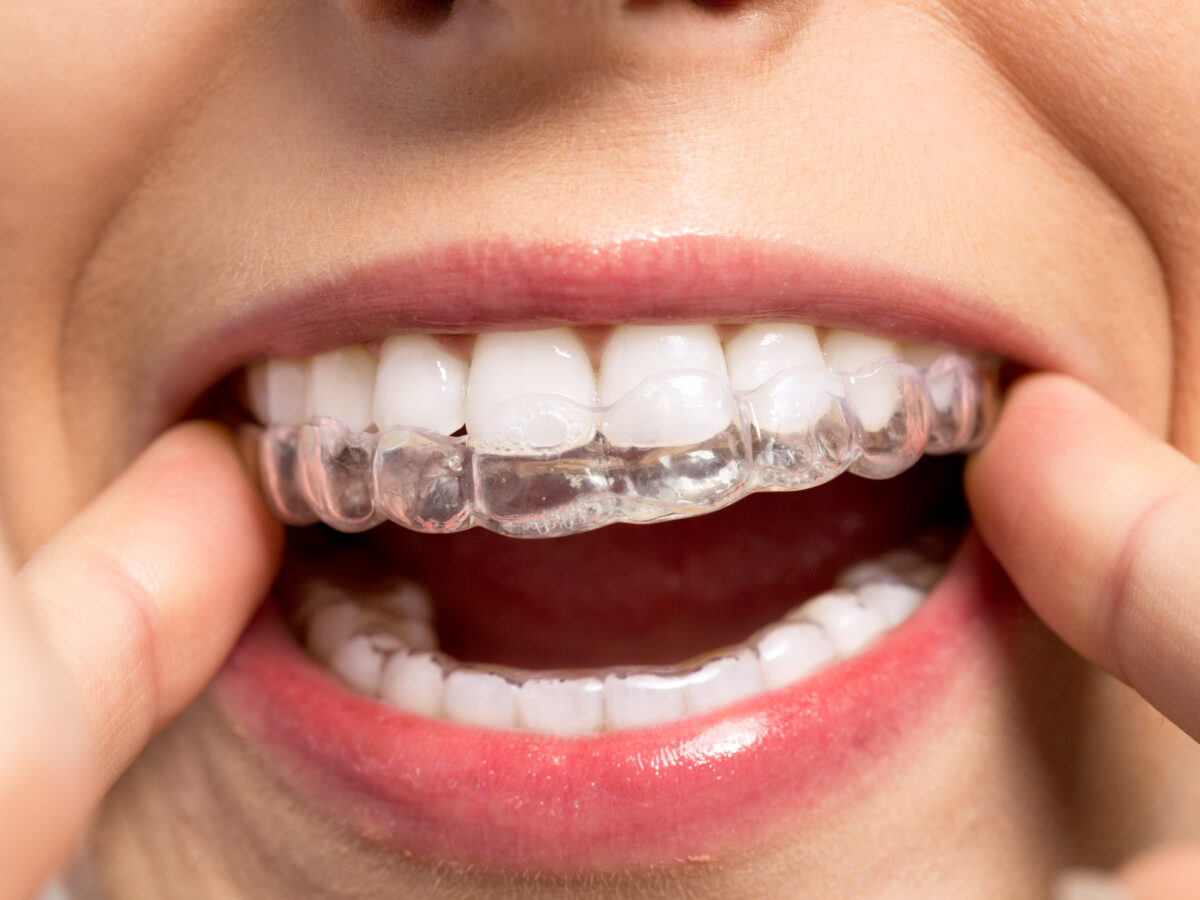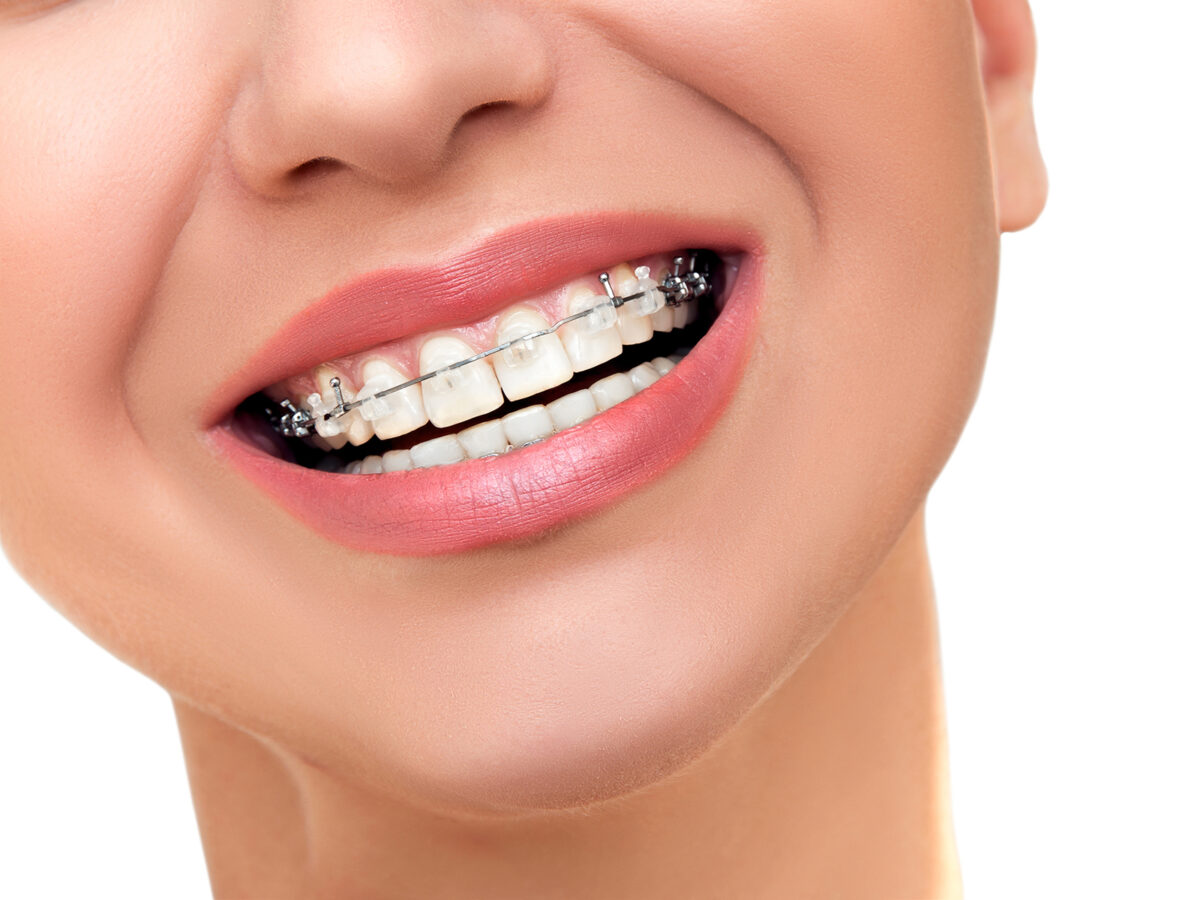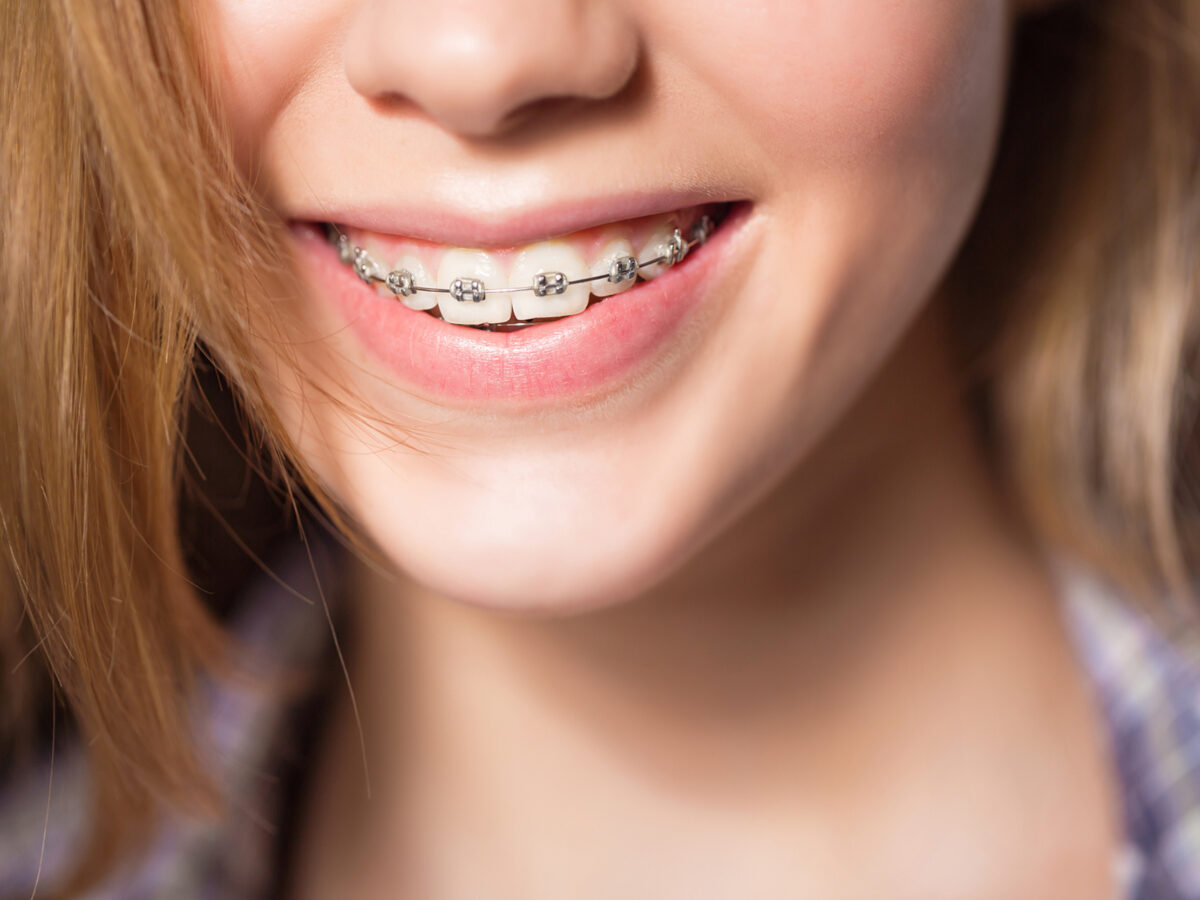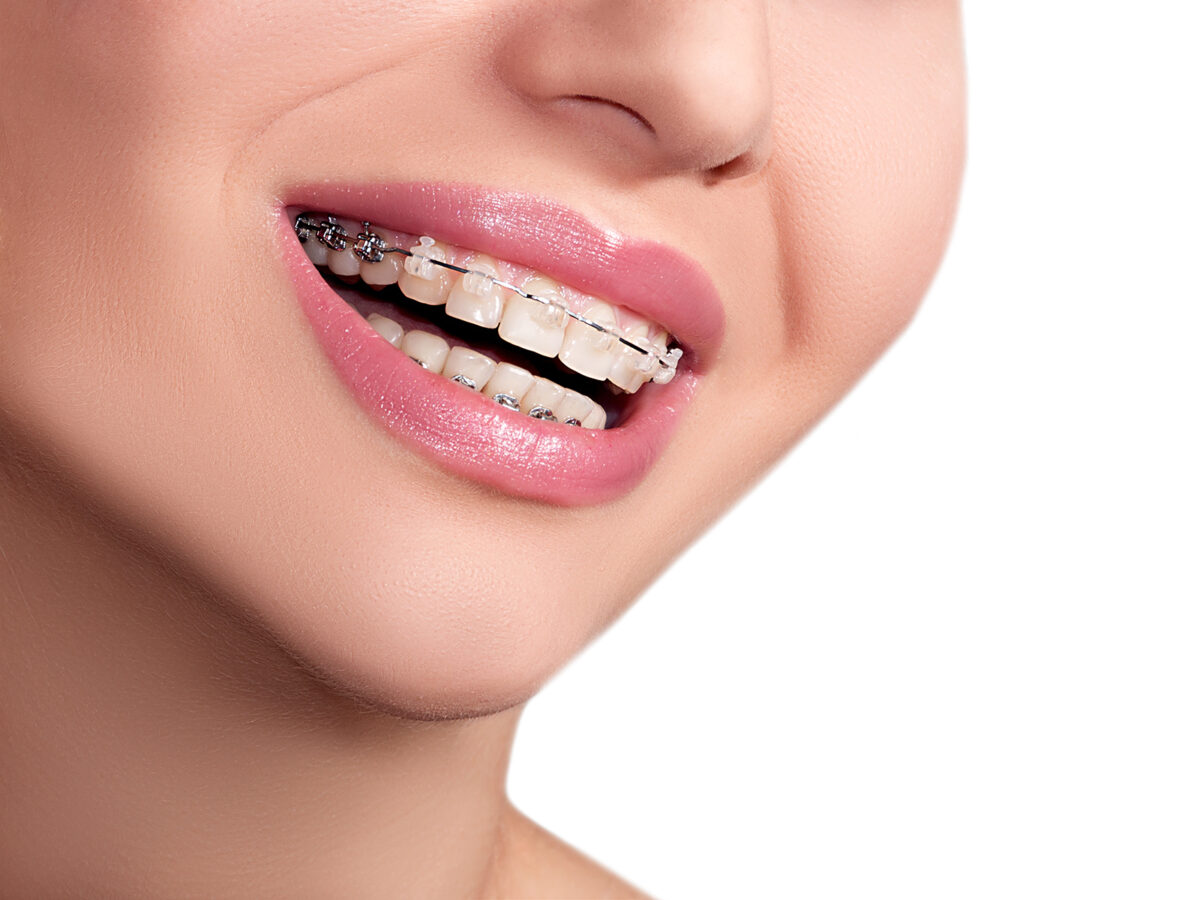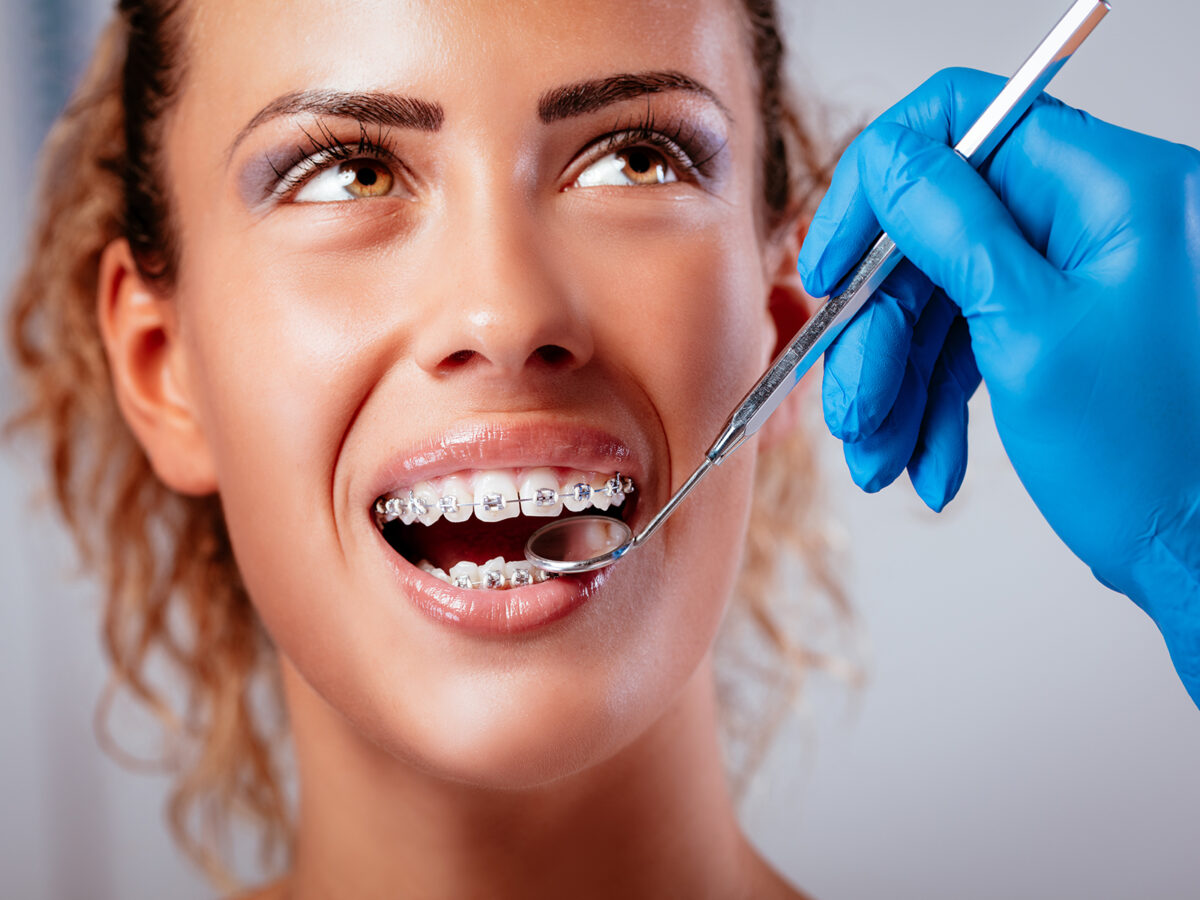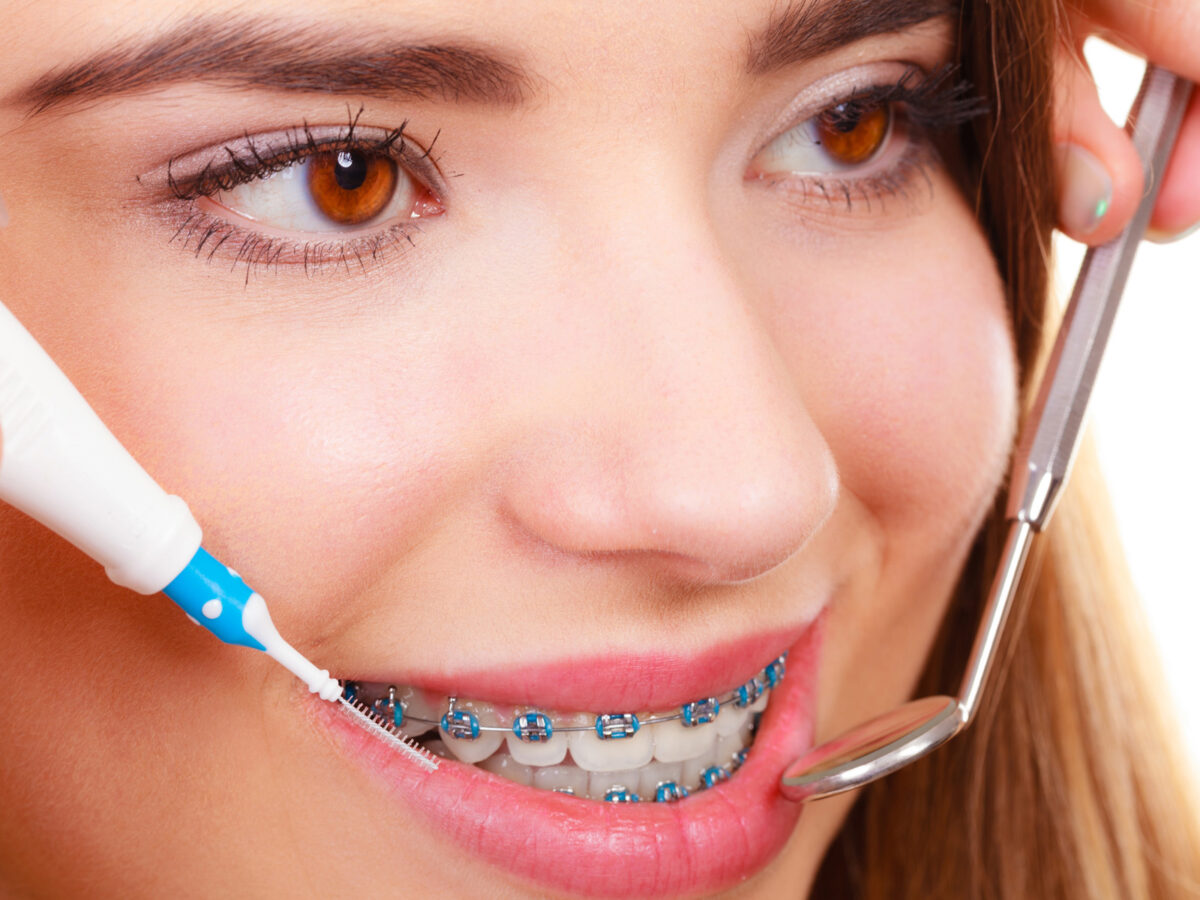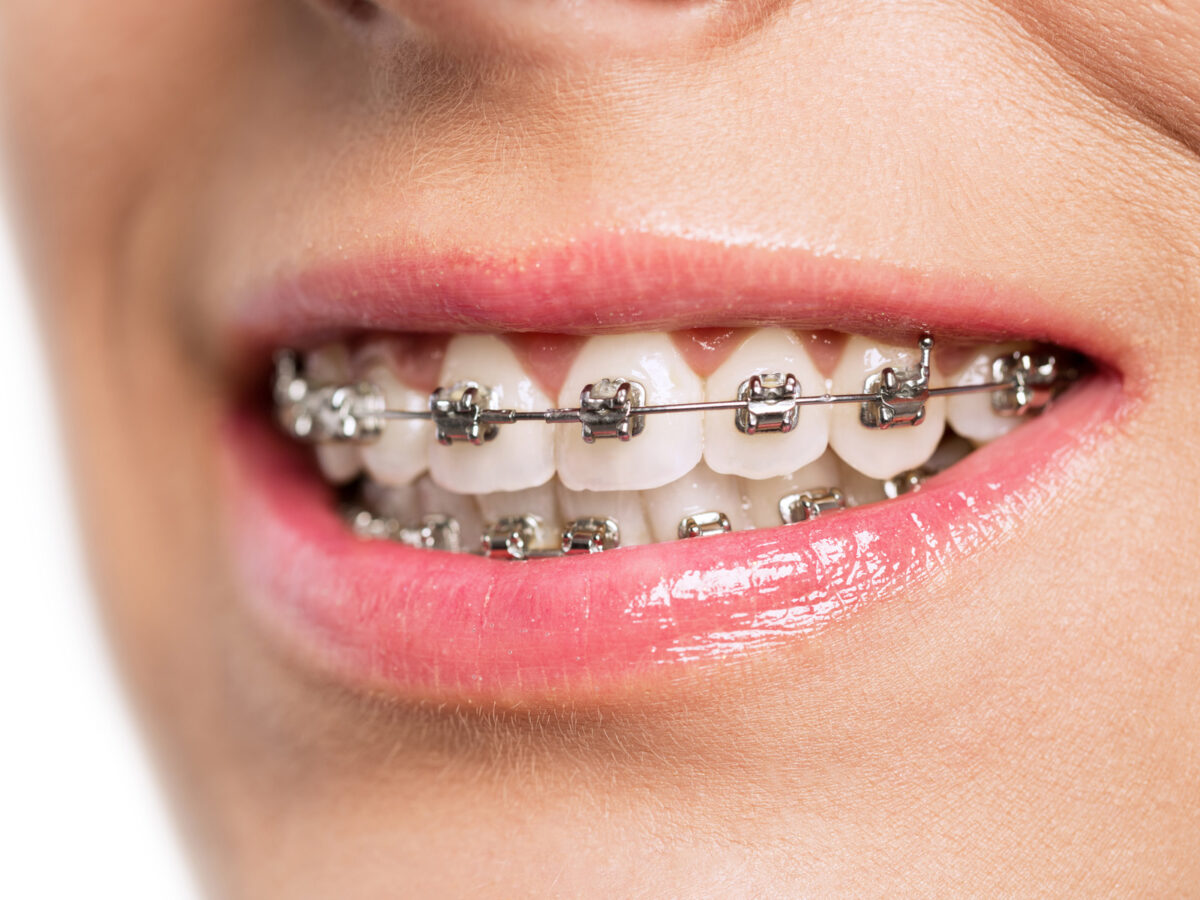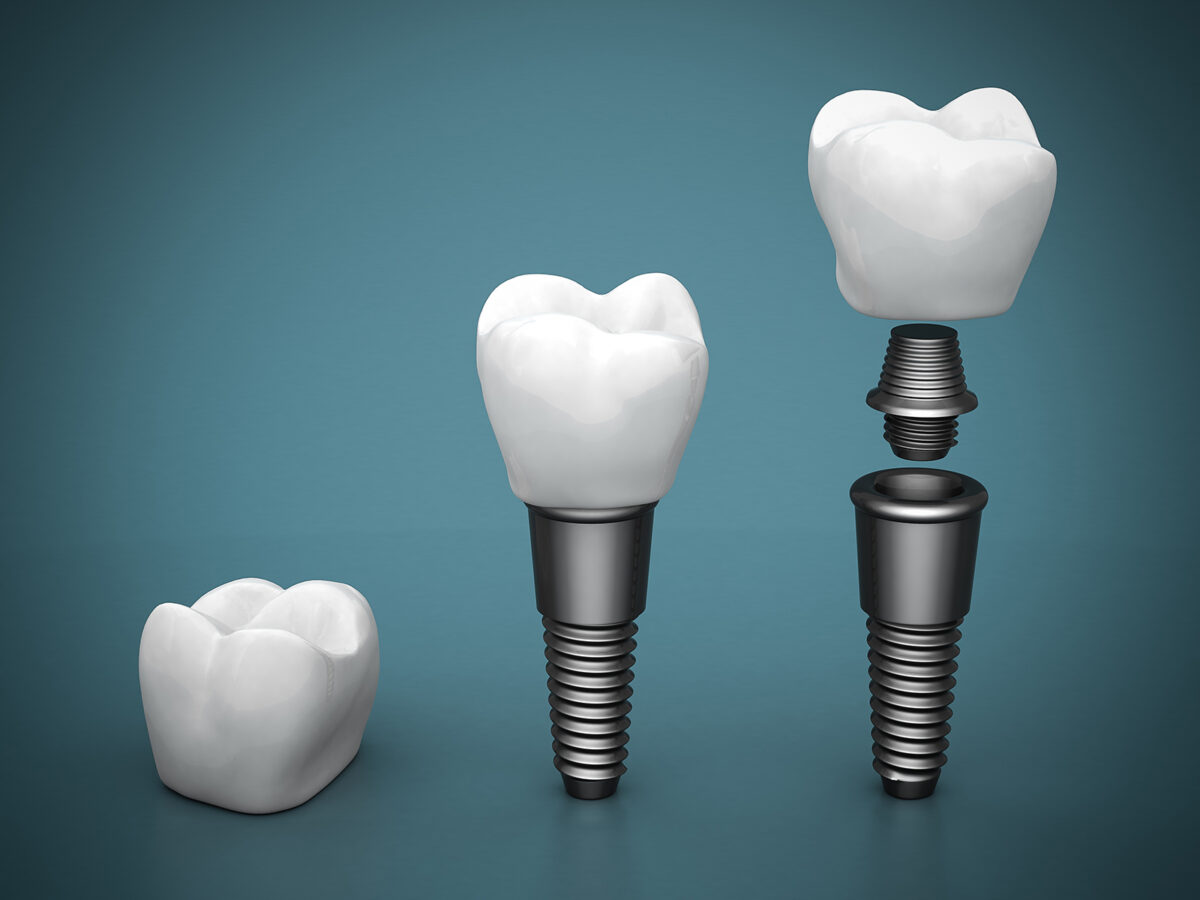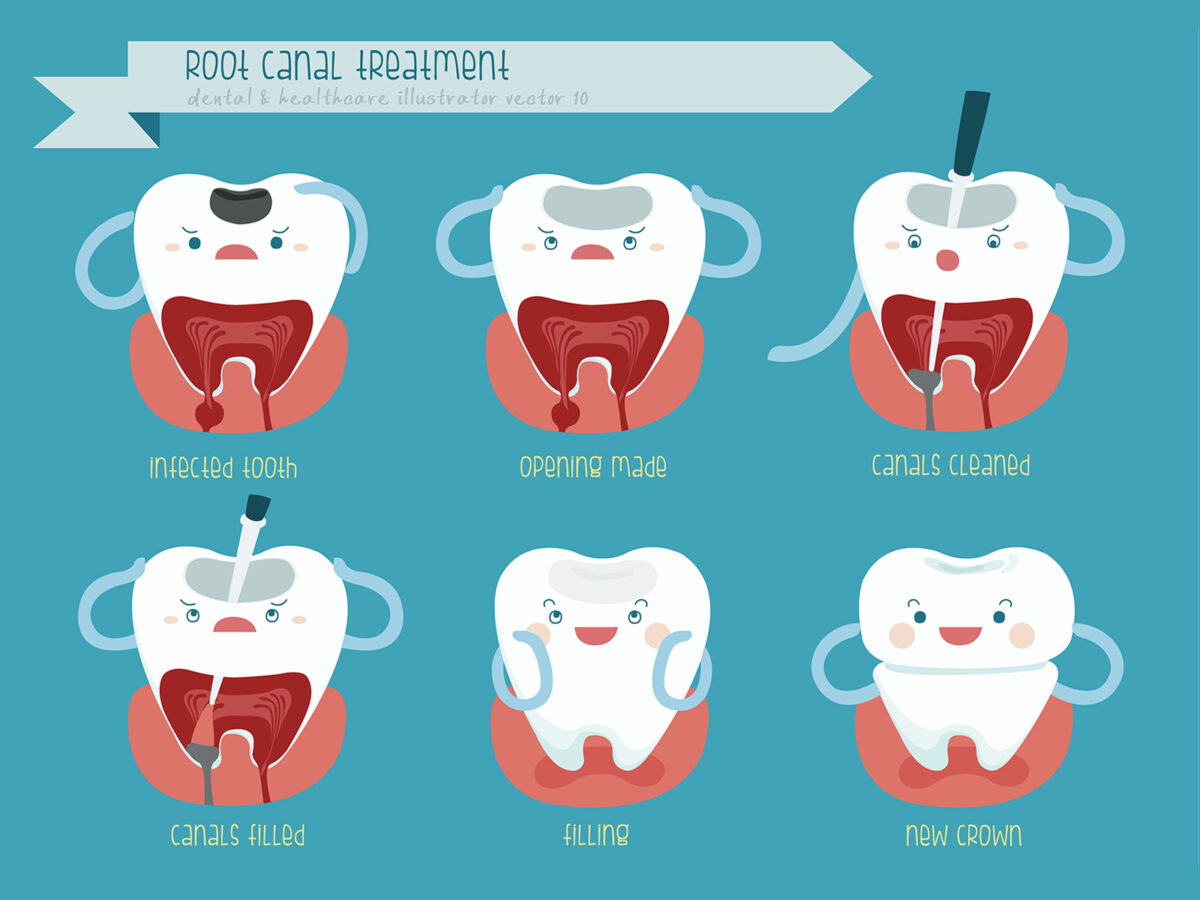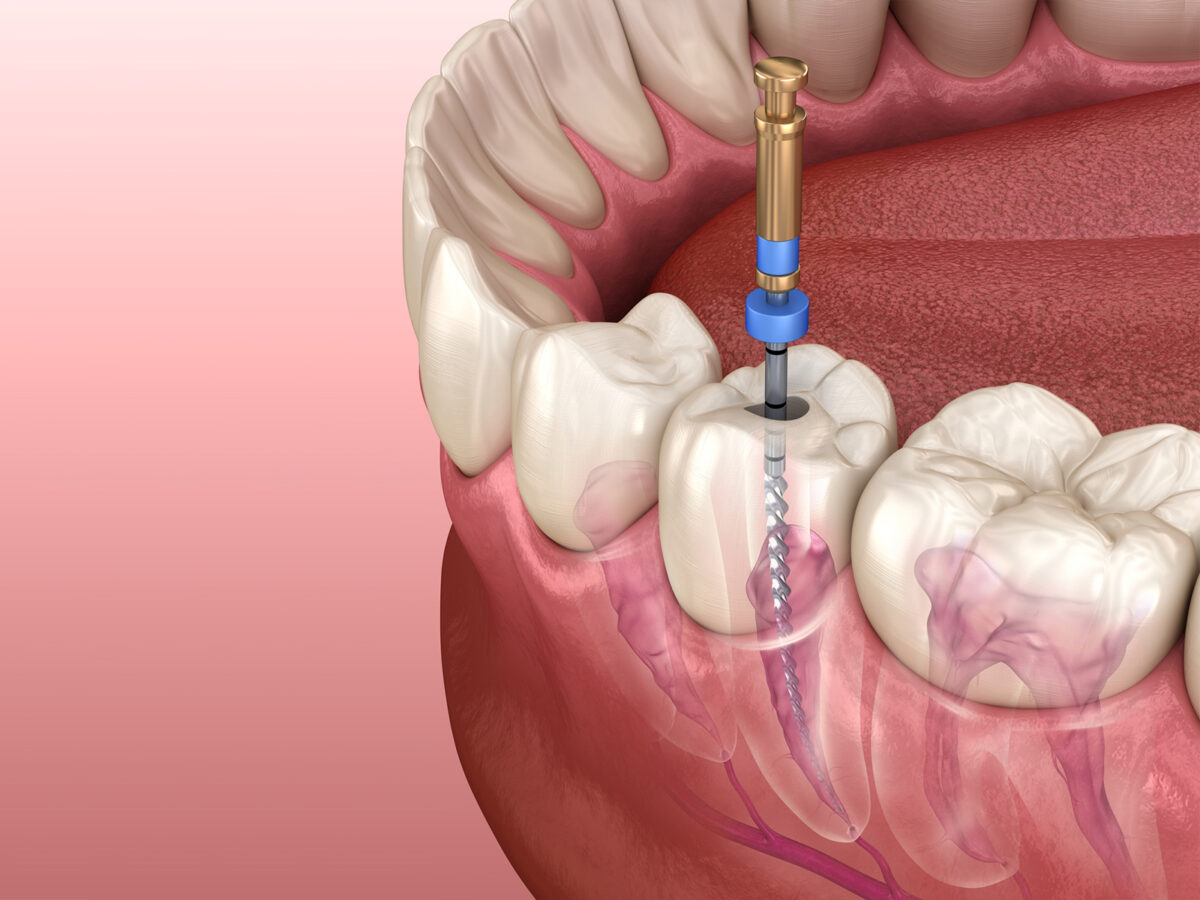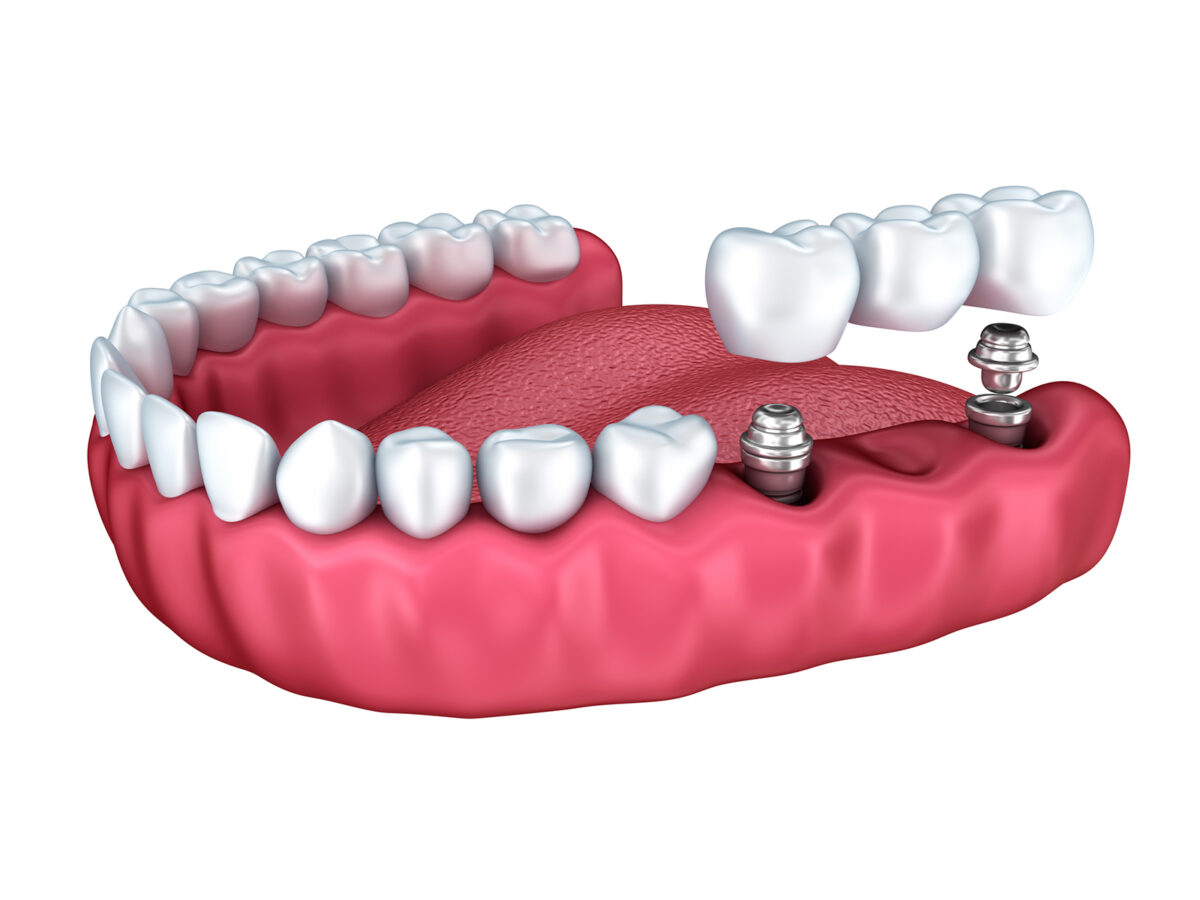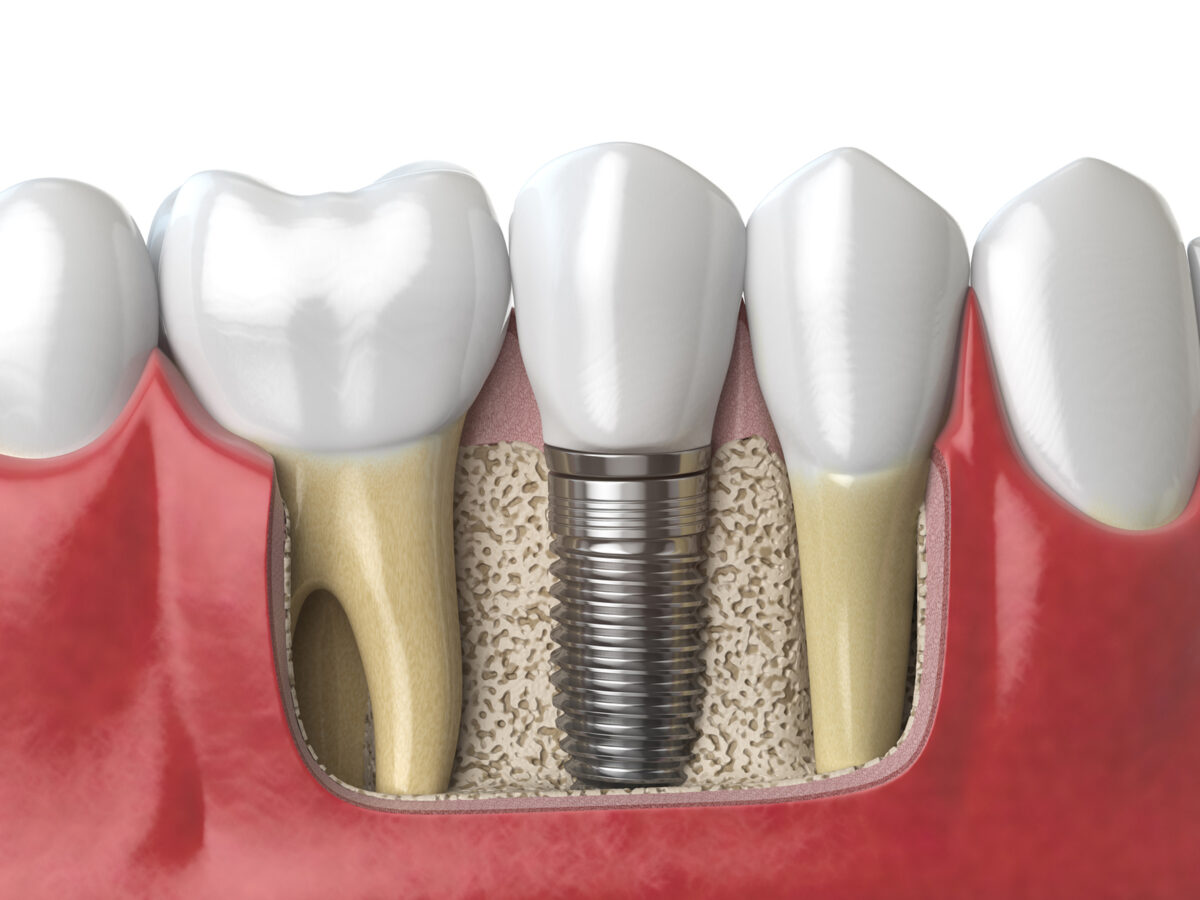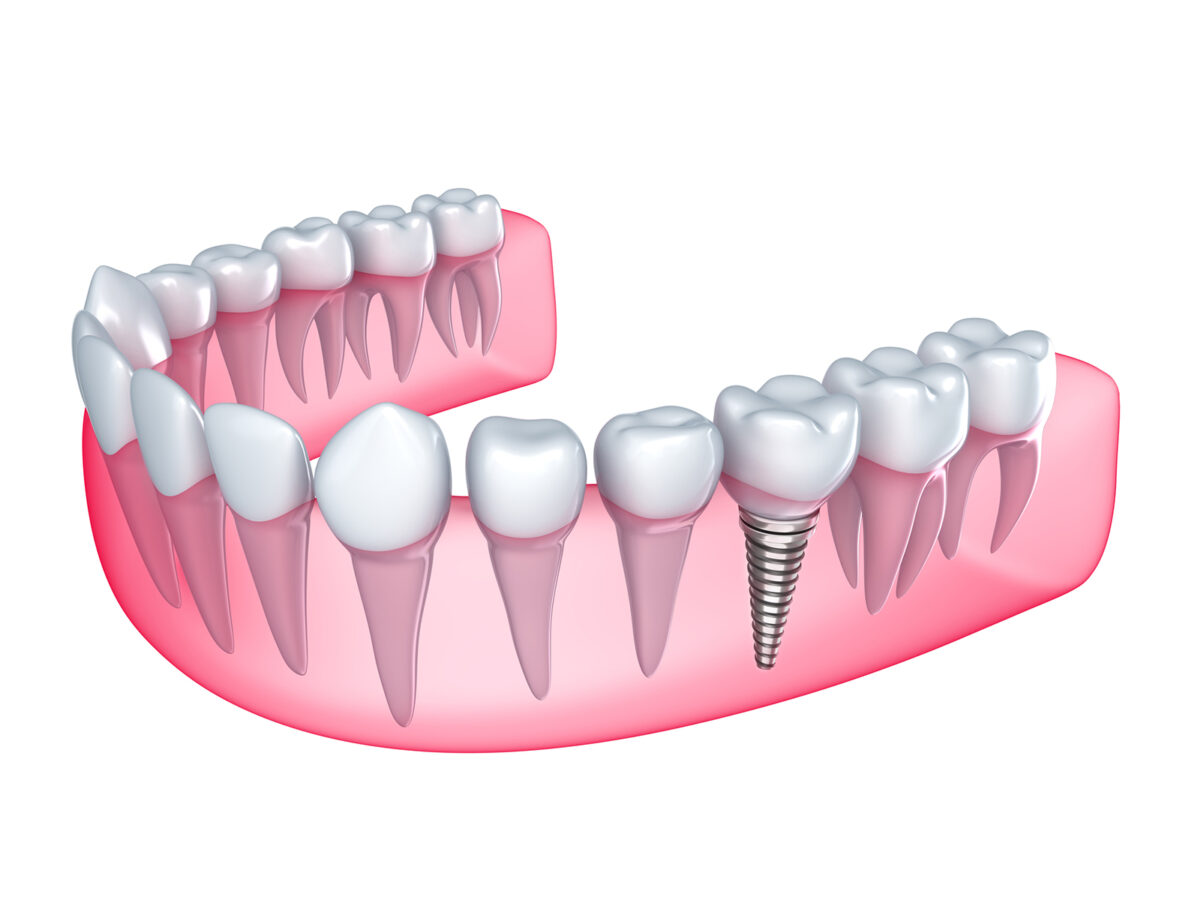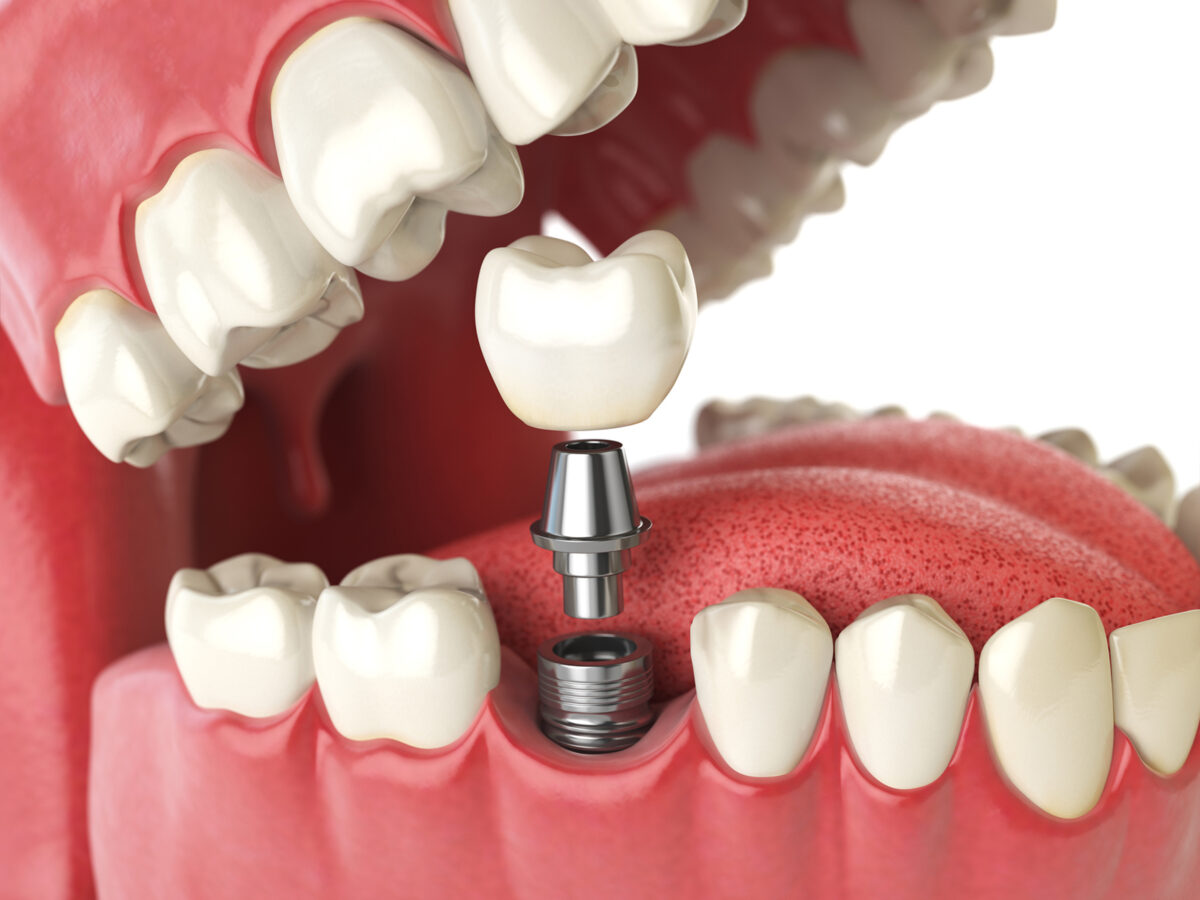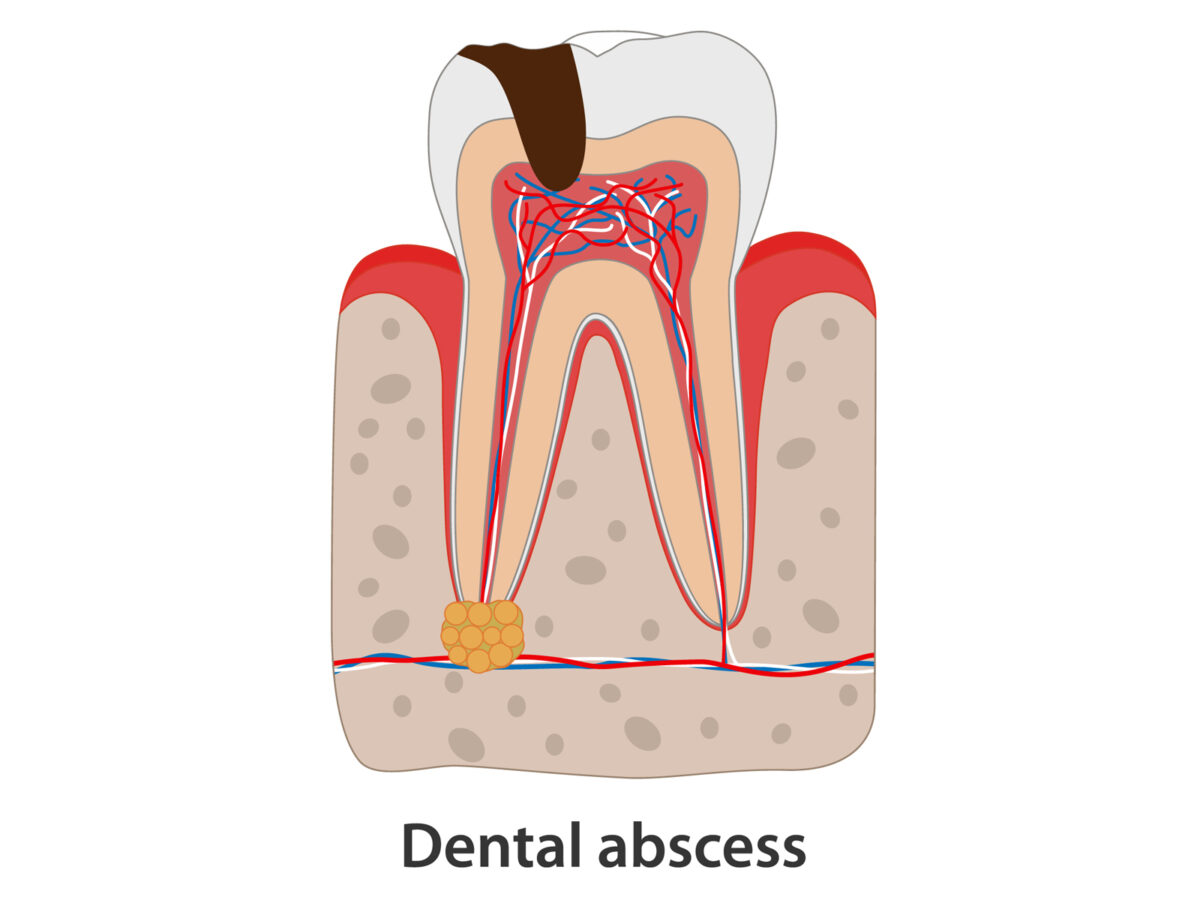Cavity protection is essential to improve your oral health. There are many prevention techniques for shielding your teeth against cavities, Fluoride and dental sealants are the top choices as preventive measures. Both type of treatment have their benefits and drawbacks. You must consult your dentist to find the right fit for you.
This article will help you explore these pros and cons to understand both better. You can use both treatments together to get comprehensive cavity protection. Let us learn more about these in improving oral health.
Dental Sealants
Dental sealants are an affordable option that helps prevent cavities. Some dental sealants last up to a decade. These sealants are applied over these back teeth in a liquid form. They can ensure that the trapped food does not cause decay. It is a type of coating that shields your teeth’ outer surface. It is painted over on the teeth to prevent bacteria from attacking the enamel.
Dental sealant application is a simple, quick, and painless process. It is easy to get this quick process. It might last only for a few years. You might need to replace them to protect yourself against cavities. It is easy to replace these as it only takes a few minutes.
Pros
- Reduces cavities
- Cost-effective
- Quick Simple and painless application
- Protective Shield against cavities
- Minimally Invasive
Cons
- Needs replacement every few years
- Not suitable for existing cavities or dental problems
- Most insurance does not cover dental sealants.
- Sometimes sealants leak or seal decay.
Fluoride Treatments
Fluoride is a much more affordable and easy-to-apply cavity prevention technique. Unlike sealant, you do not need to visit a dentist. Fluoride usage in a limited way can be beneficial for your oral health. It can increase toxic levels in your body if consumed in excess.
You can consult your dentist about fluoride treatments. If required, you can get fluoride treatment professionally done. It can be useful for enamel protection against cavities. It also promotes remineralization.
Pros:
- Fluoride products strengthen your tooth enamel.
- It also protects your teeth against cavities or decay.
- It is also helpful to develop healthy permanent teeth for children.
- If consumed in a limited way, it can improve your overall oral health.
Cons
- Fluoride in excess quantity can cause discoloration of teeth.
- It can also cause pits in your teeth and break your enamel layer.
- Too much fluoride can damage your bones and joints. It makes them brittle and dense.
- Excess fluoride can also cause bone fractures and thyroid disorders.
- In some cases, excess fluoride can lead to impaired brain development.
Points to consider: Sealants And Fluoride
Dental Sealants:
- Best for: Teeth with deep grooves and pits. Such as molars where food easily gets trapped.
- How it works: This is a protective layer for the tooth surface. Bacteria cannot reach trapped food between deep groves and protect tooth enamel.
- Duration: It can last a few years with proper care. Some people maintain these sealants for up to a decade.
Fluoride Treatments:
- Best for: It is best suited for overall tooth surface protection. It includes areas that are hard to reach with a sealant.
- How it works: It strengthens tooth enamel. It makes it more resistant to acid attacks from bacteria.
- Application: It can be applied through toothpaste, mouthwash, or professional fluoride treatments.
Which one is Better?
Both type of treatments comes with different benefits. You must ensure that your child follows an oral care regime to ensure their oral health is protected. These treatments work only if your child maintains their oral health themselves as well. Regular brushing, flossing, and regular dental visits are a few steps to keep in mind.
Dental sealants can last for a few years with regular care. But you can still add fluoride-based products to your routine for extra protection. Fluoride is a great way to ensure overall protection and repair. It also strengthens your tooth enamel.
Fluoride is cost-effective than sealants and has ease of application. While dental sealants are more convenient than other preventive measures, it is more complex than fluoride-based treatments.
Sealants have minimal risk other than some discomfort initially. Fluorides are generally safe. But must be used consciously. If used in excess it can cause a list of complications and risks.
Conclusion
Prevention from cavities can be helpful to protect your oral health. You must follow oral routine, and hygienic steps to prevent dental issues. You can visit our experts at Azle Dentist TX to explore preventive measures. You can also get your oral health diagnosed and treated properly with our experts. Effective protective measures can make your oral health last longer. You can also consult a dentist to understand which treatment is better suited for you.

